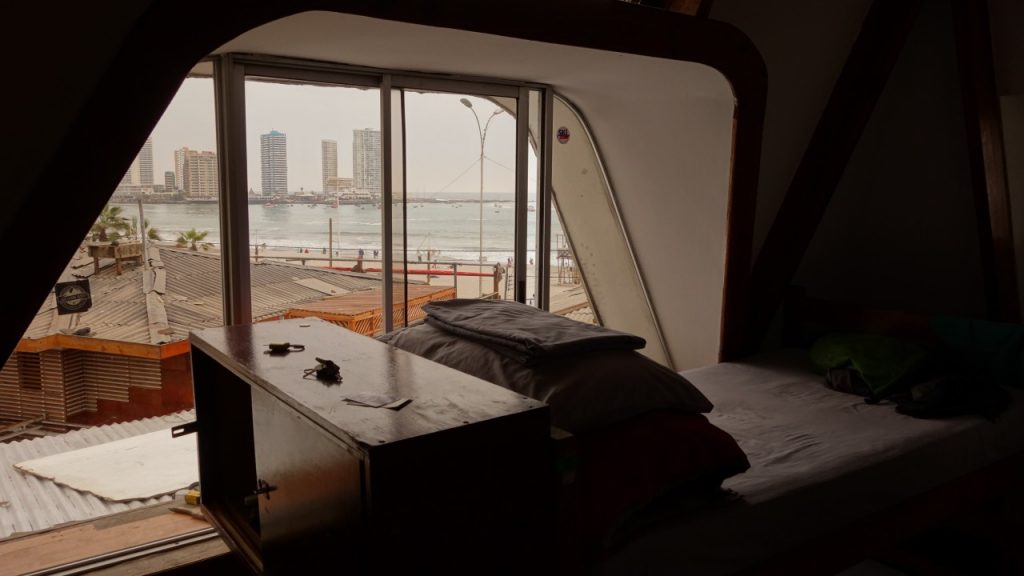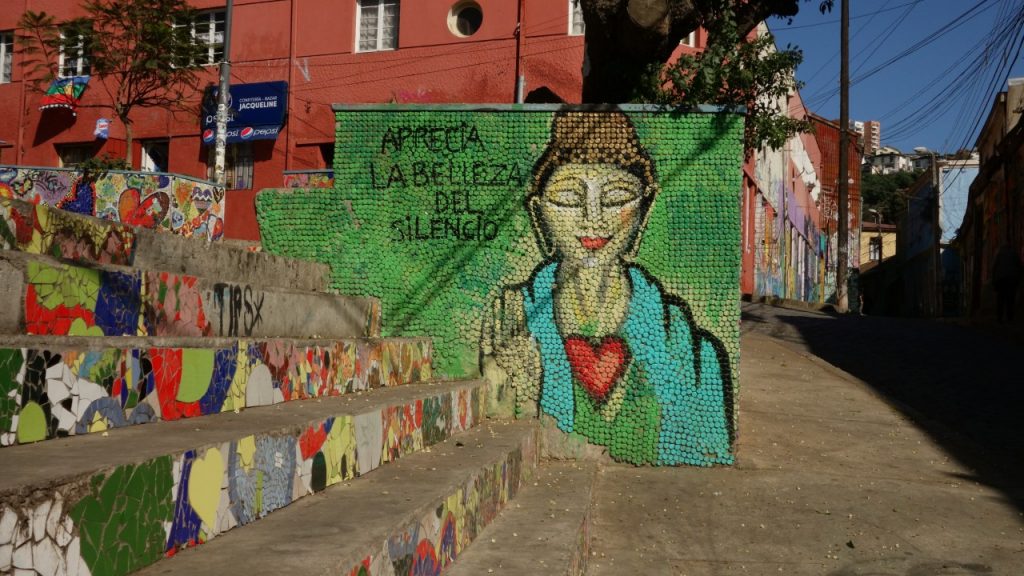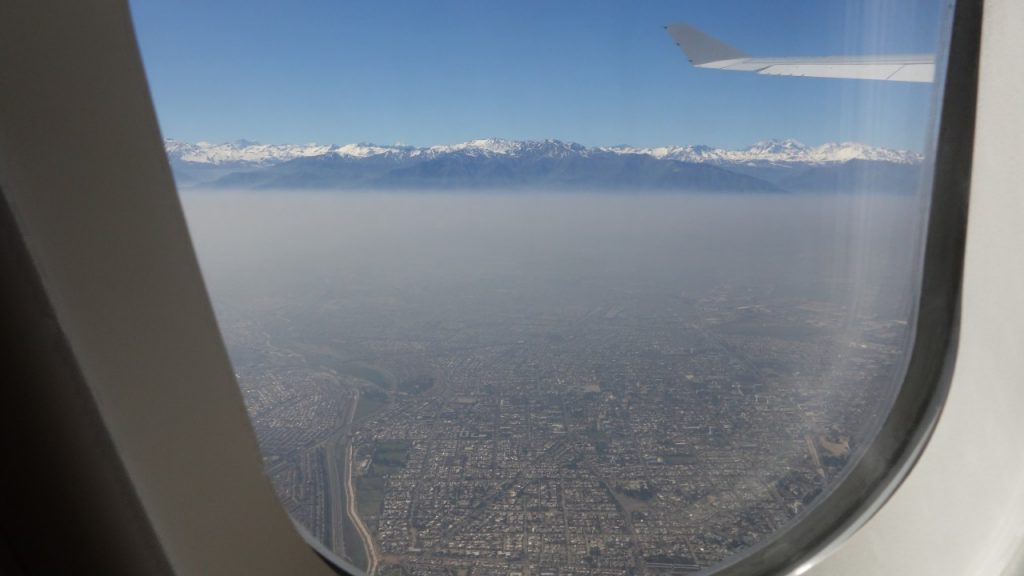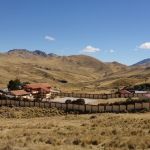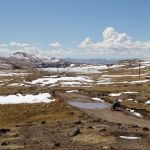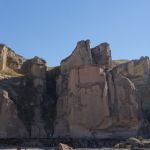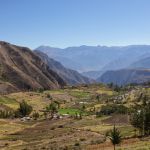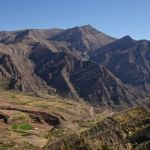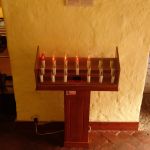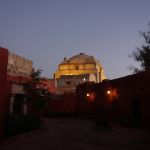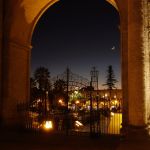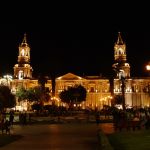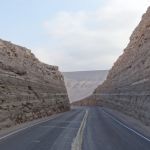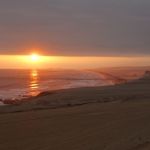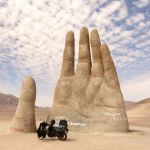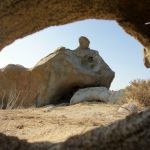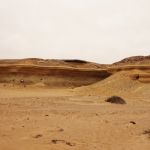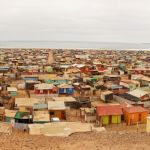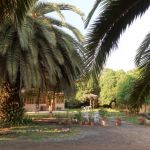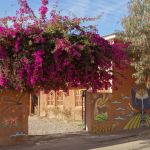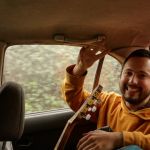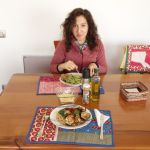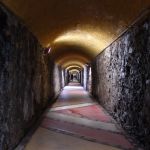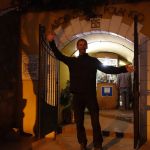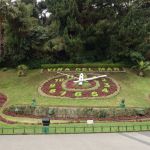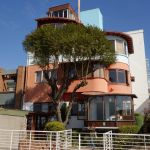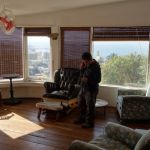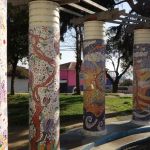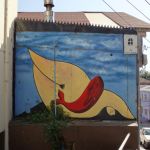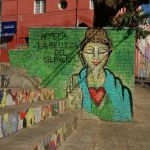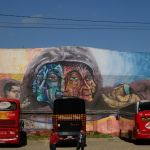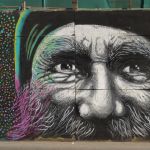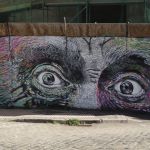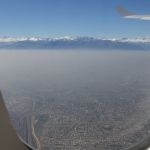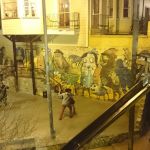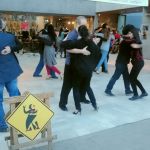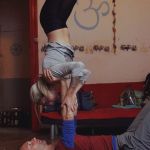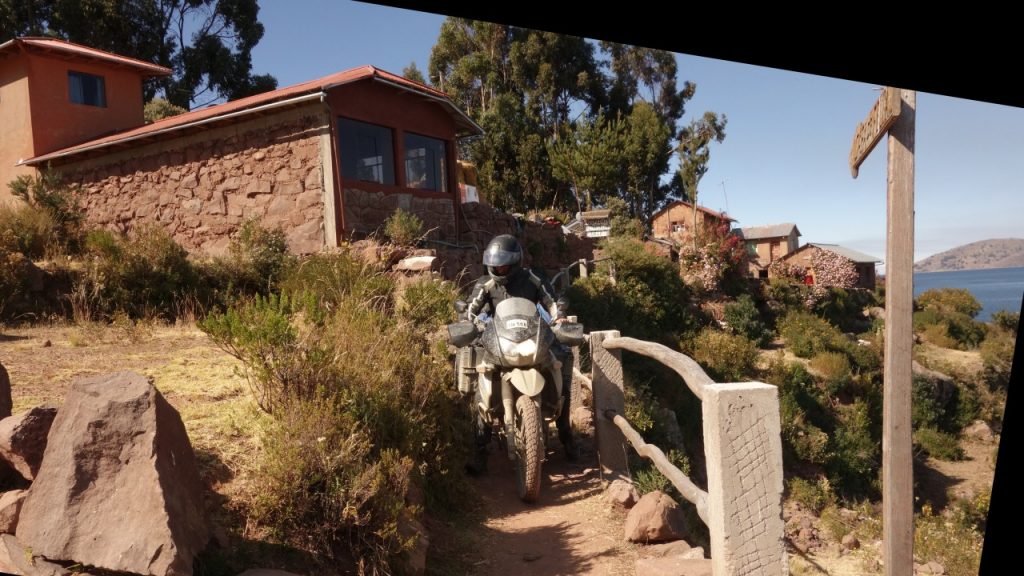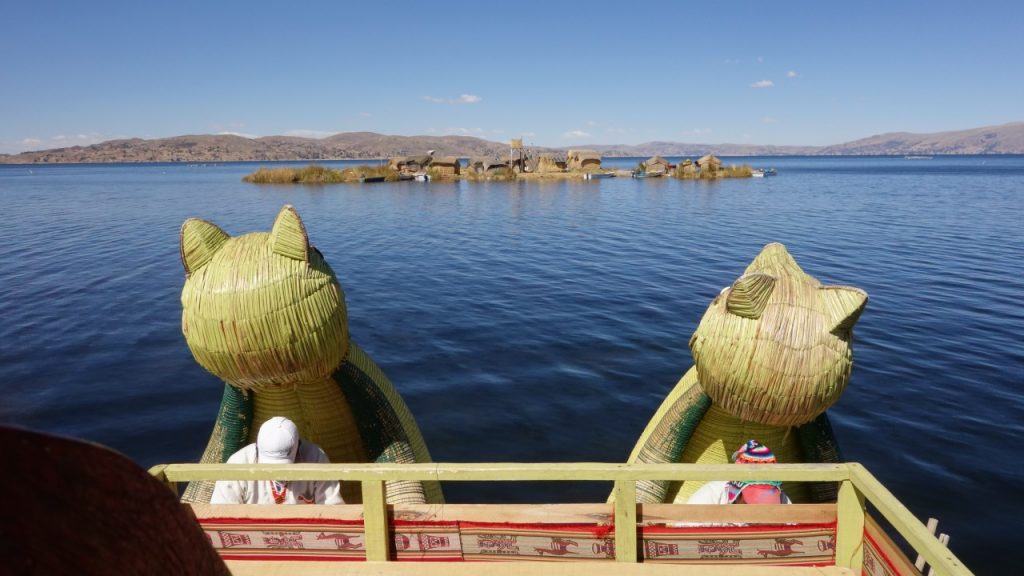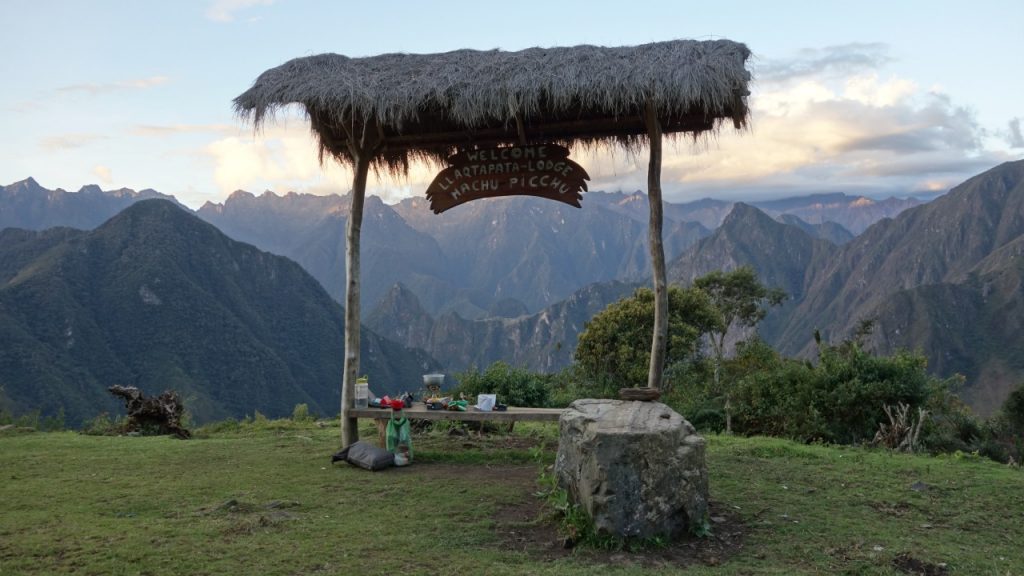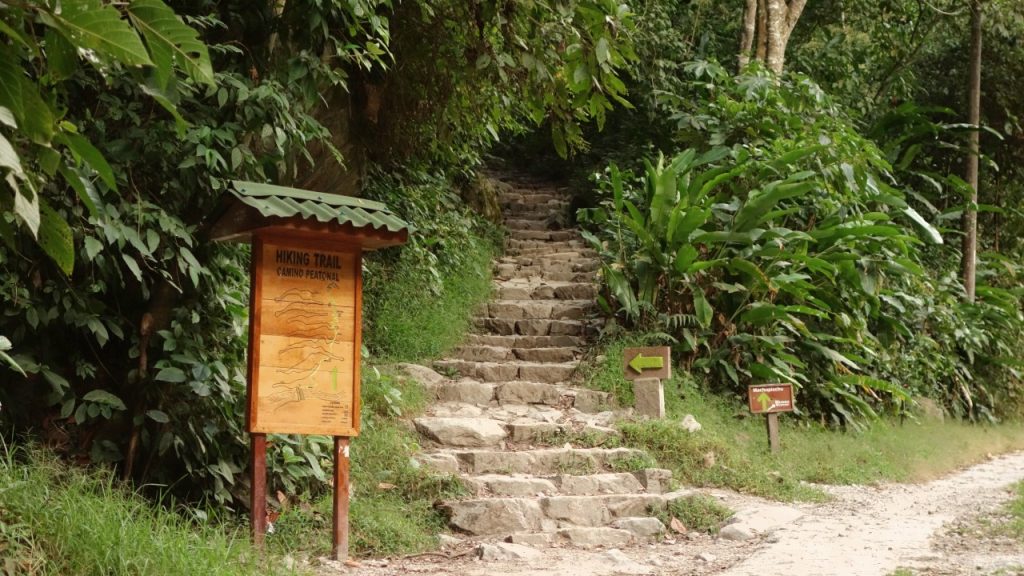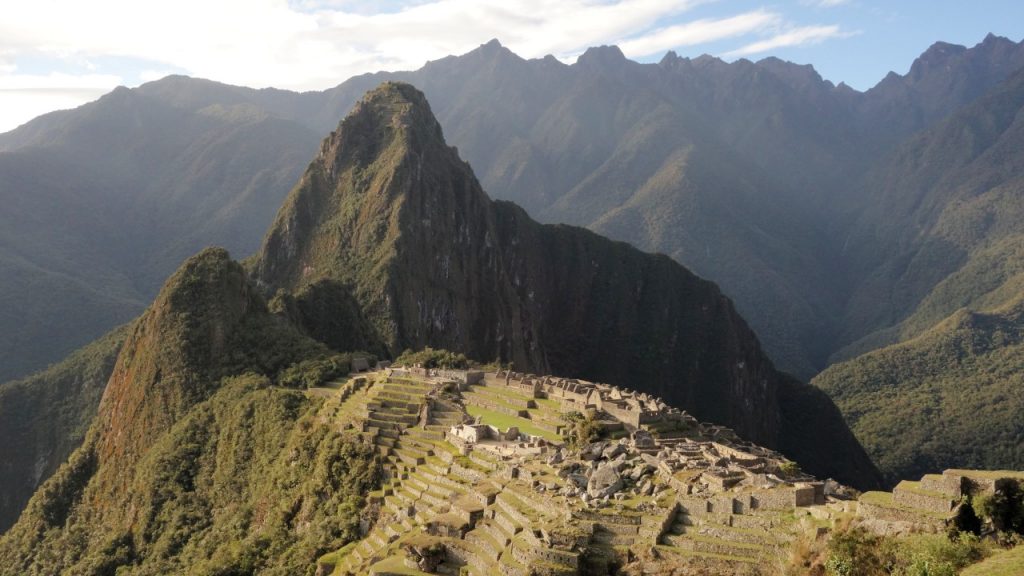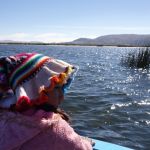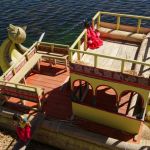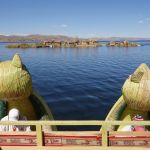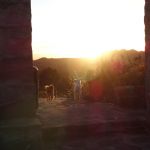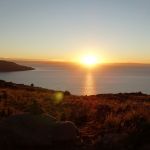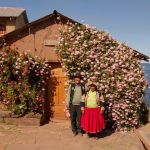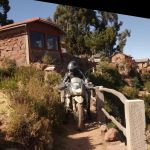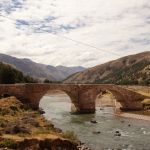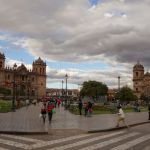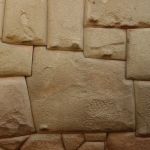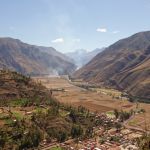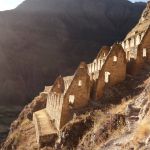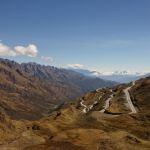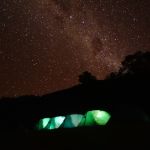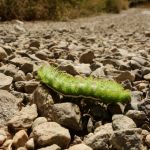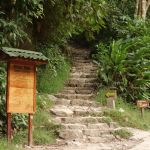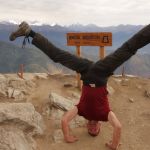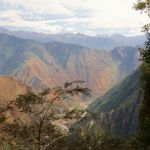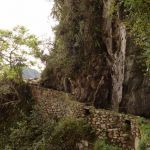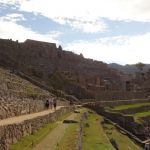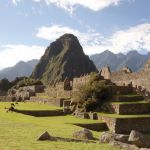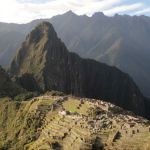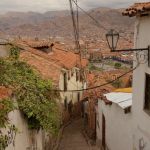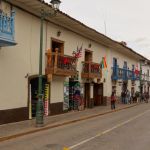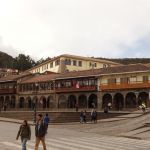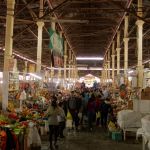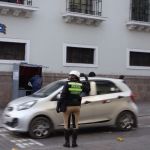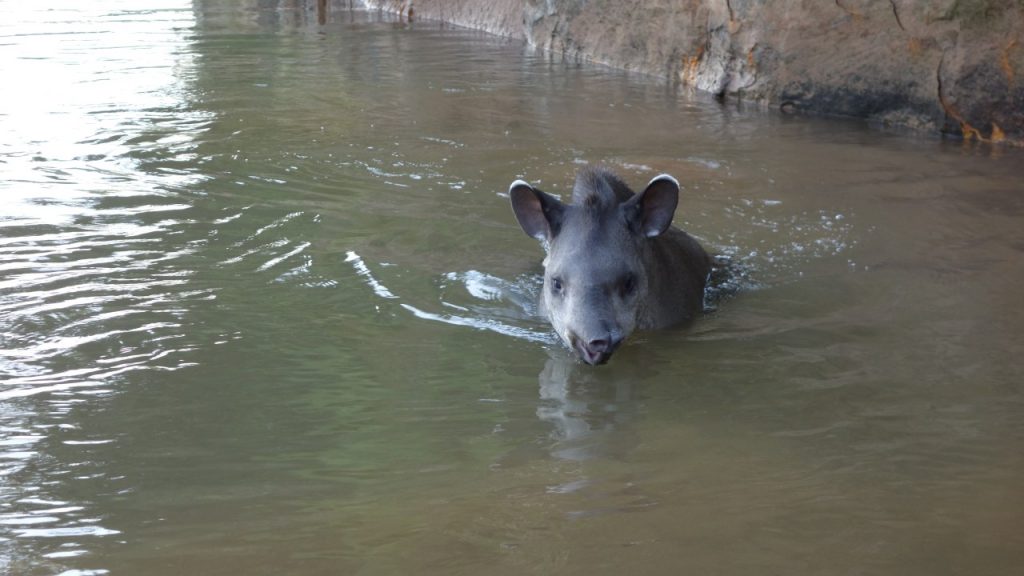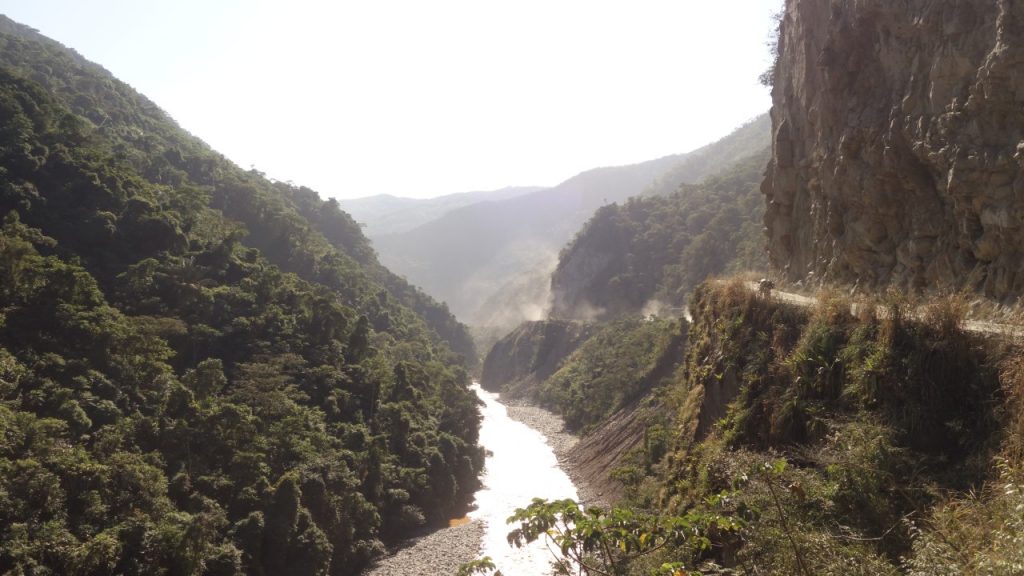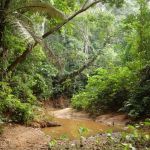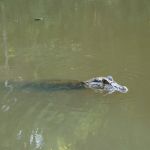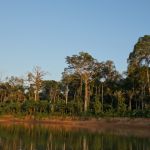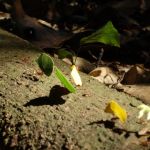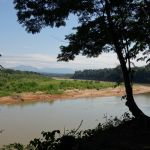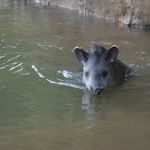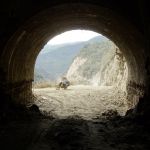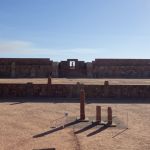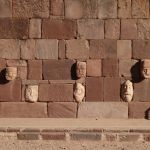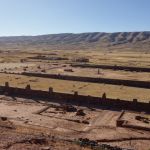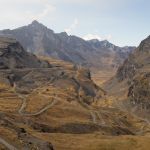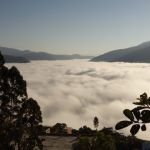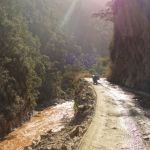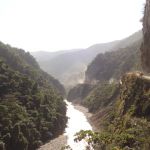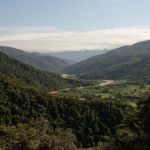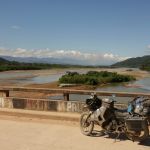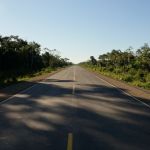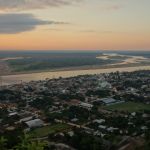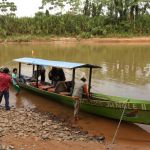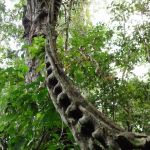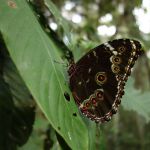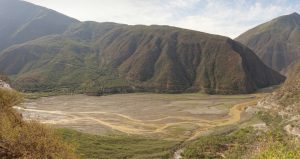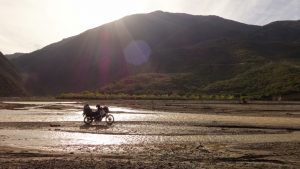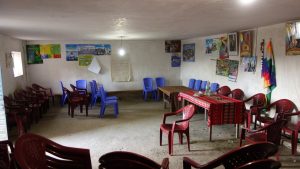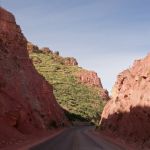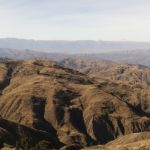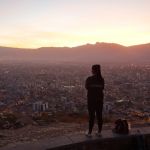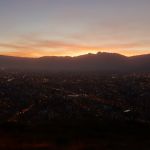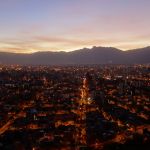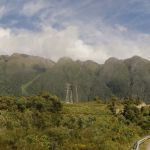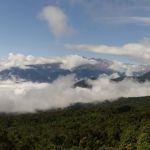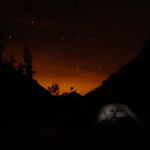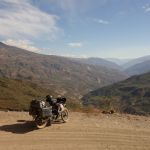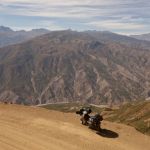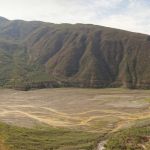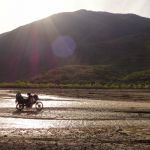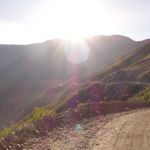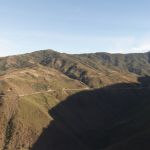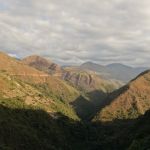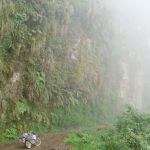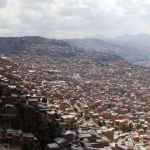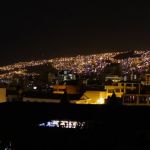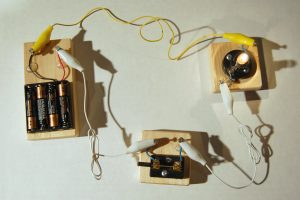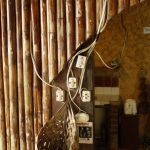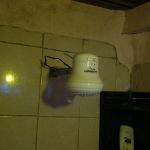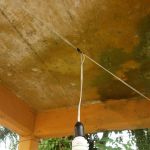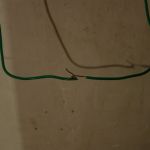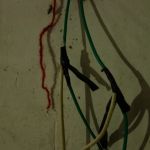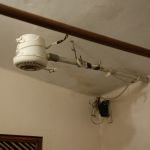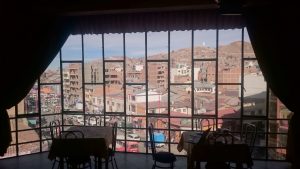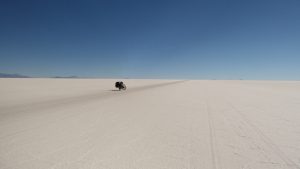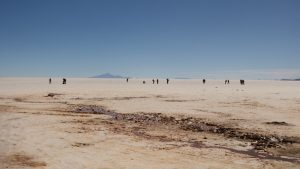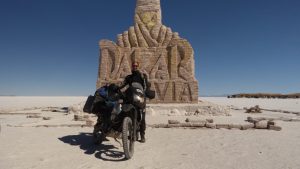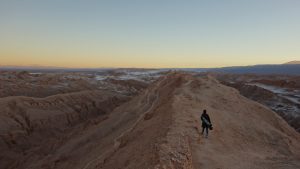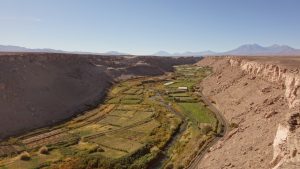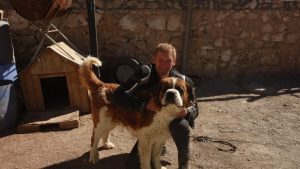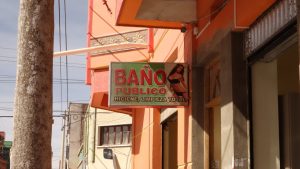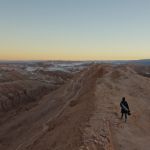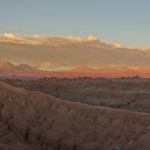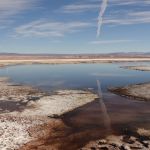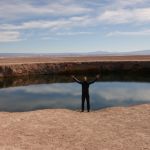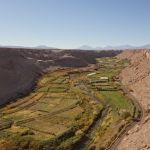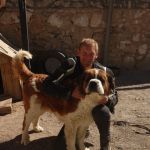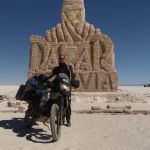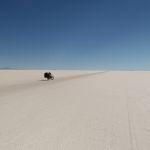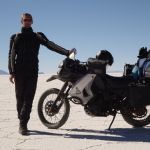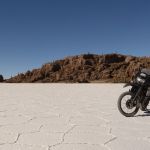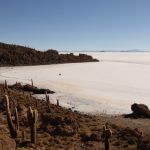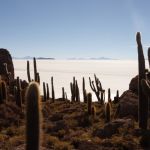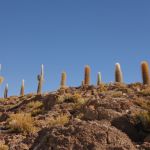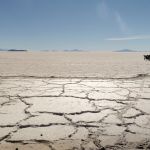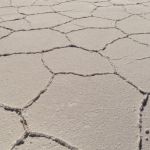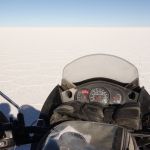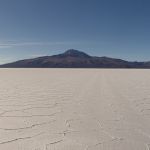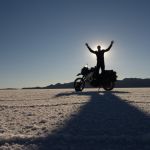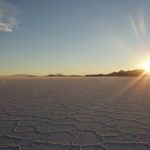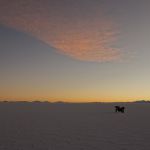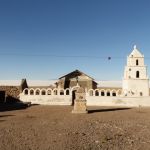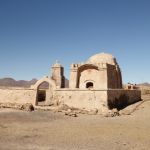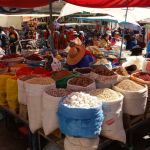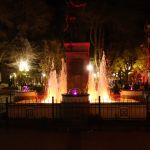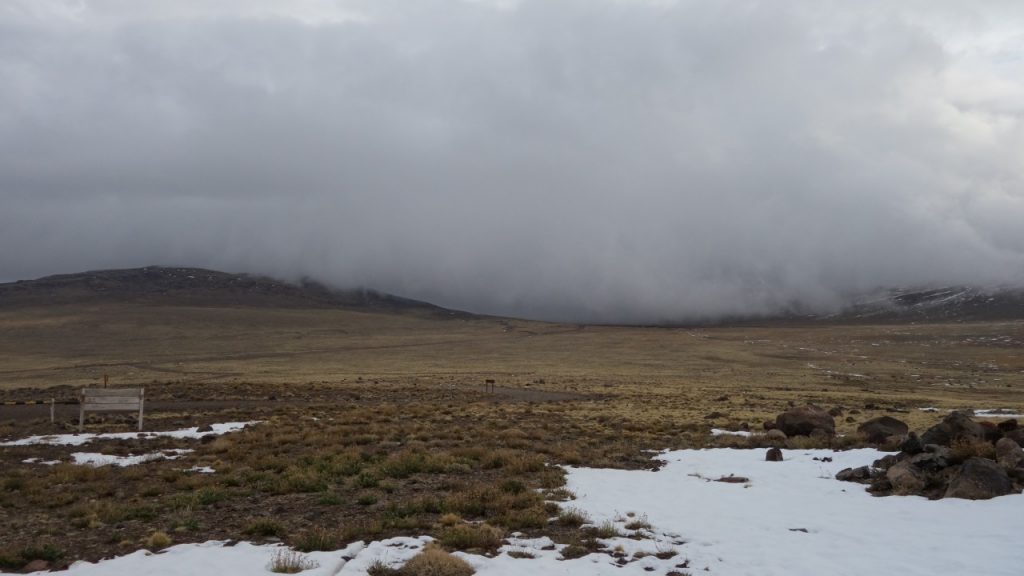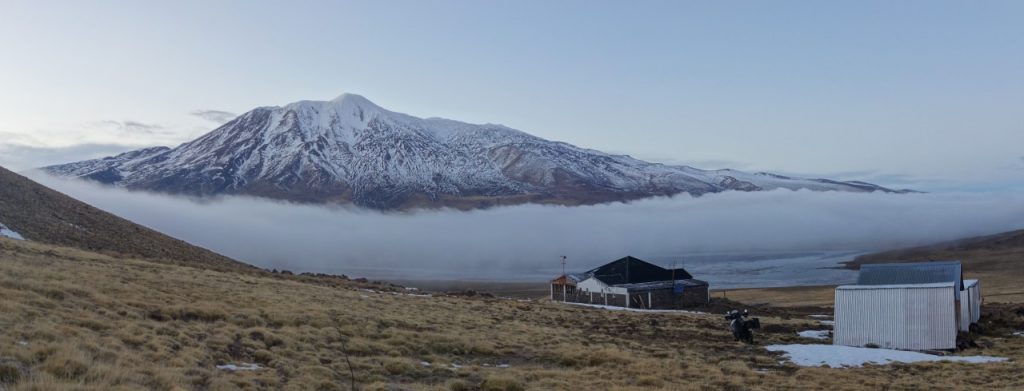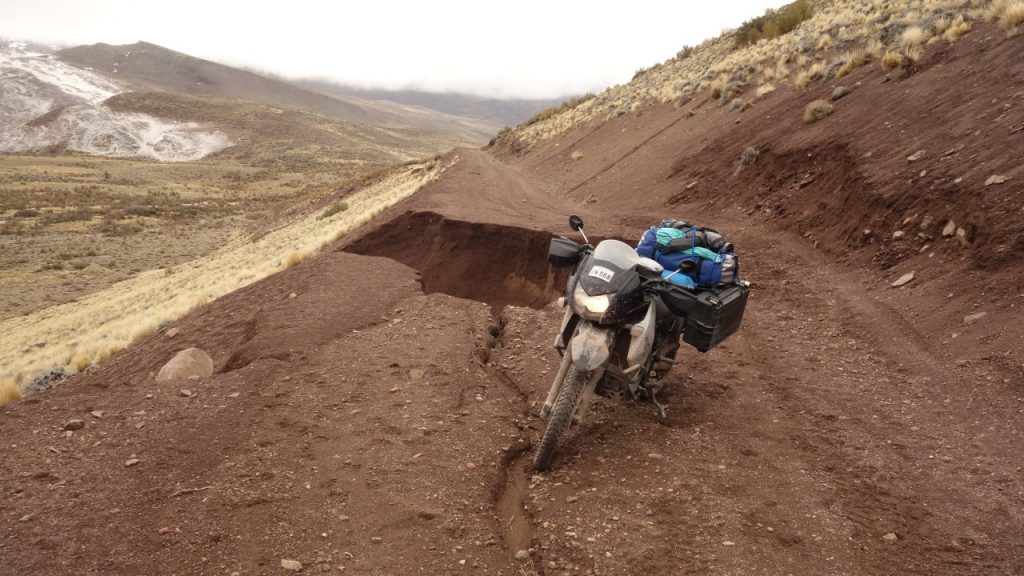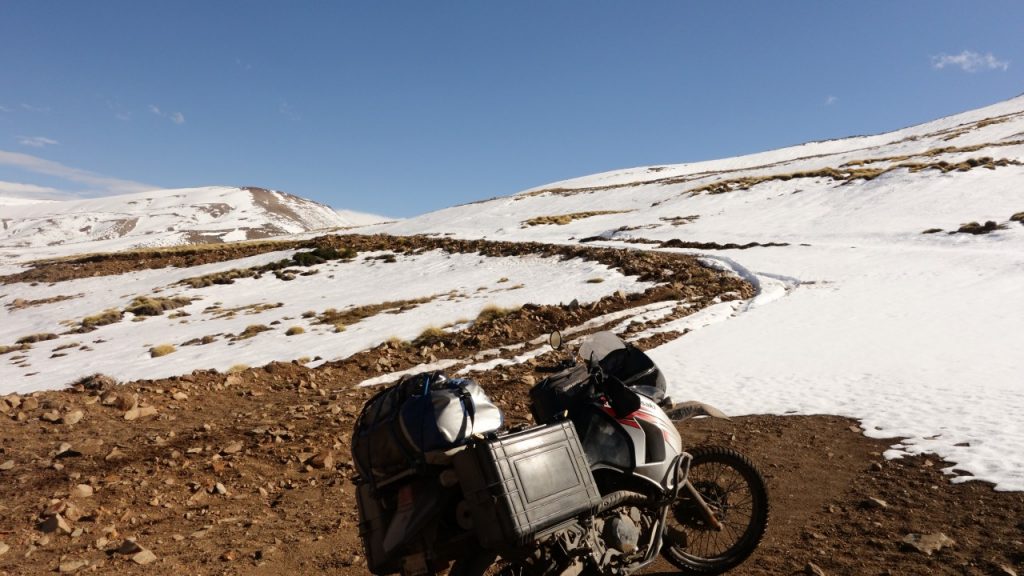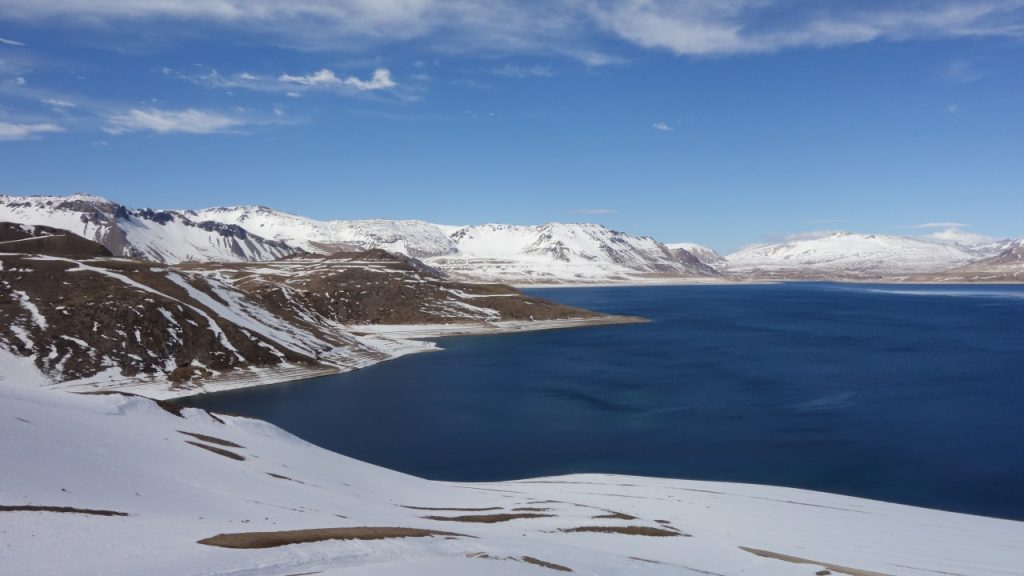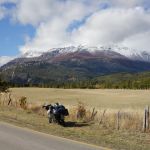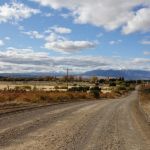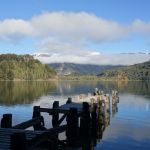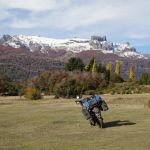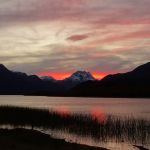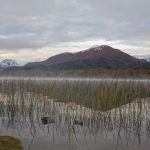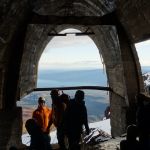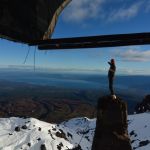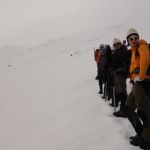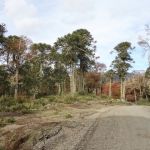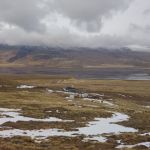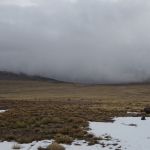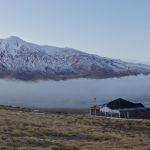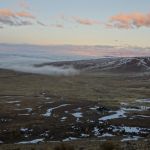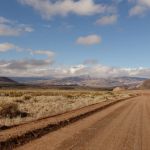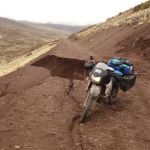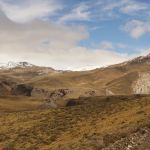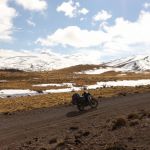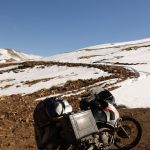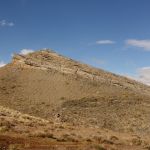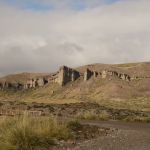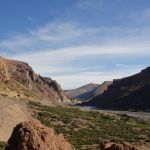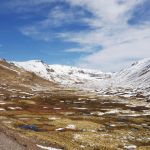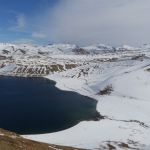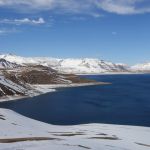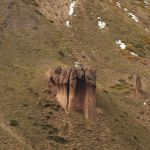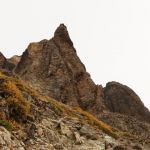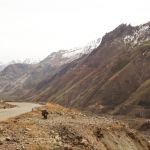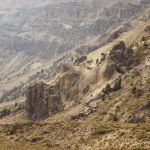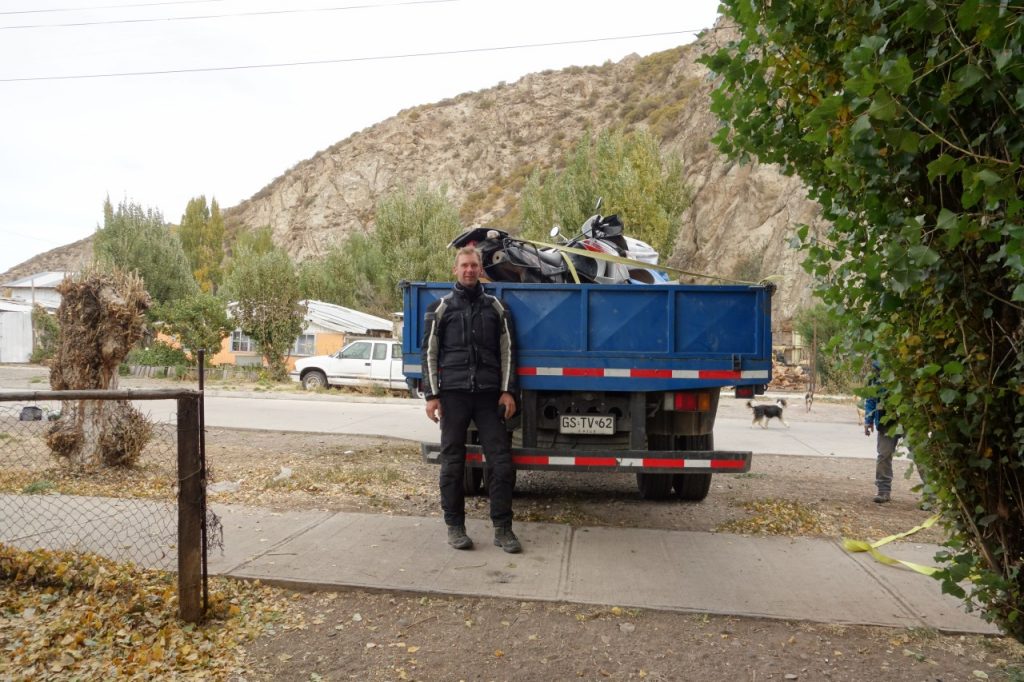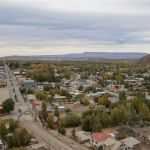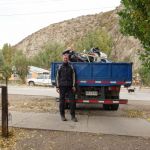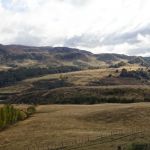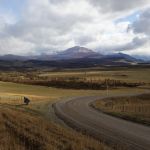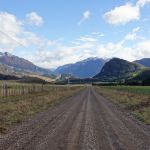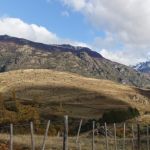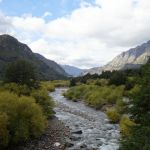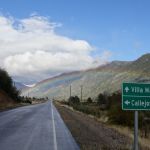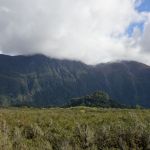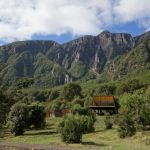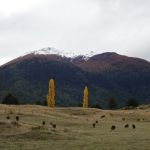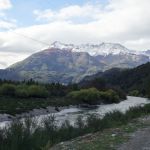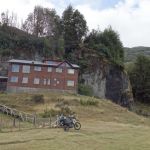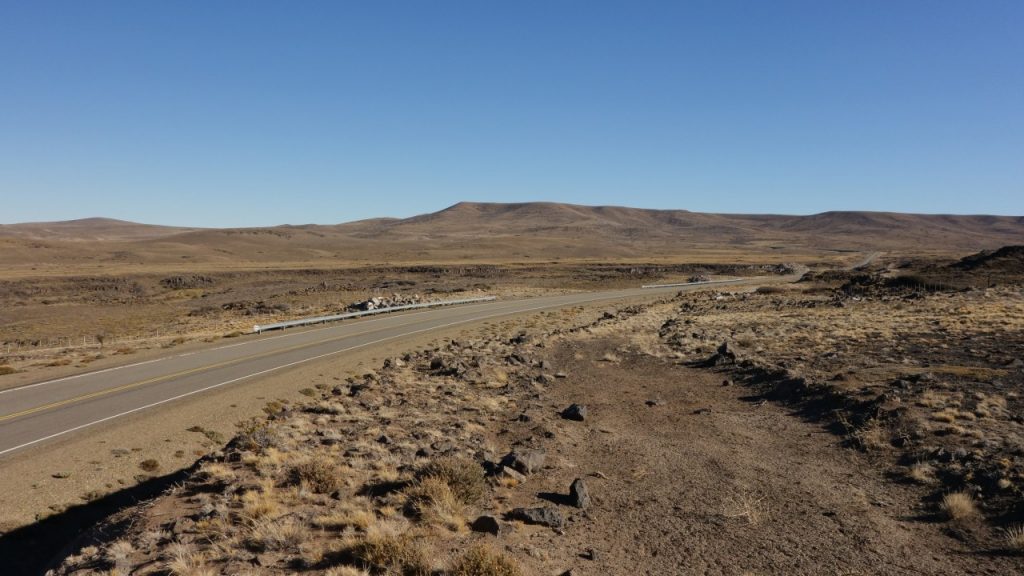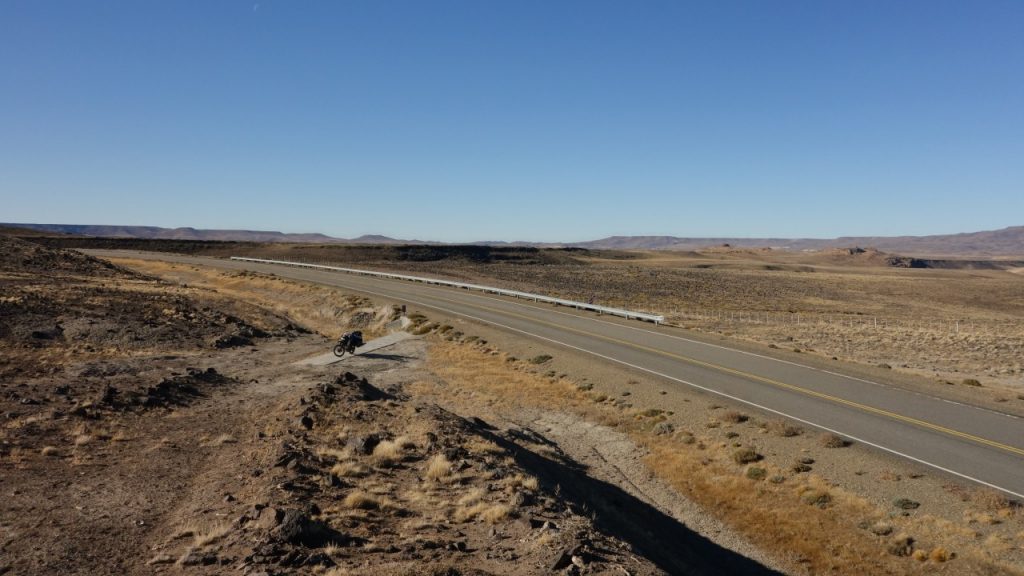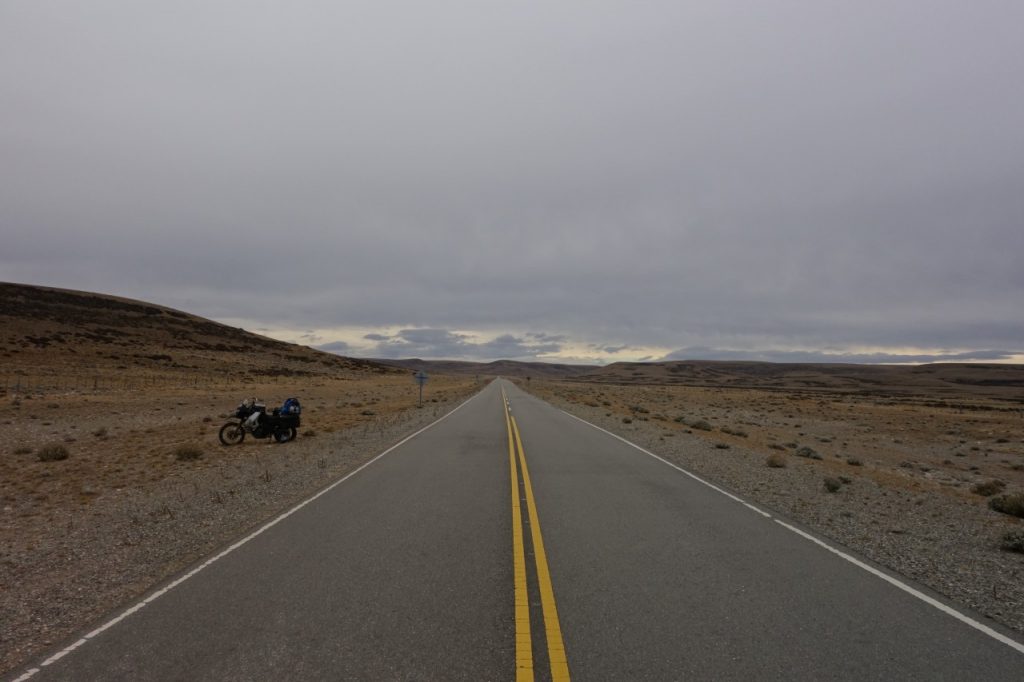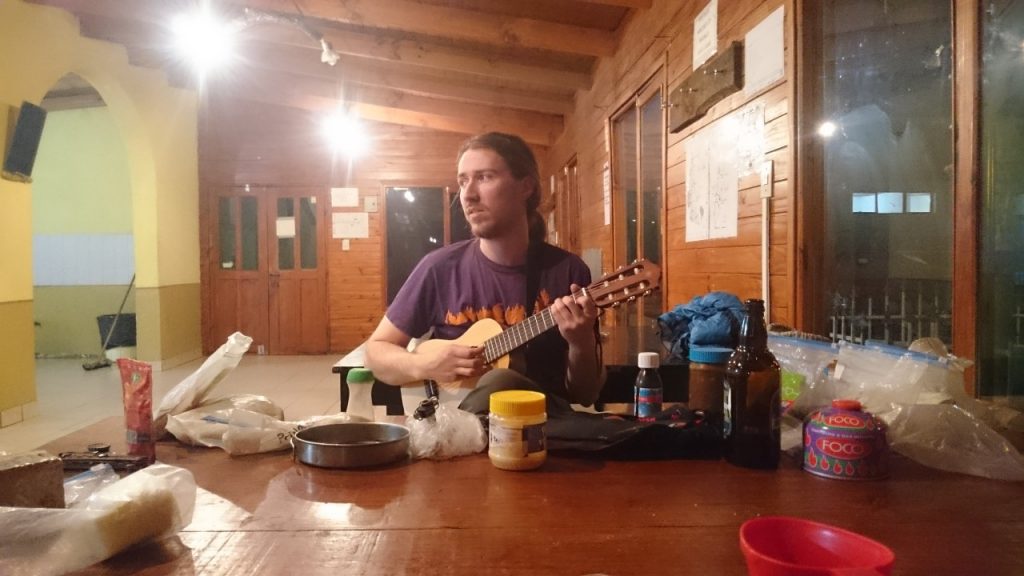Posts in Category: South America 2016
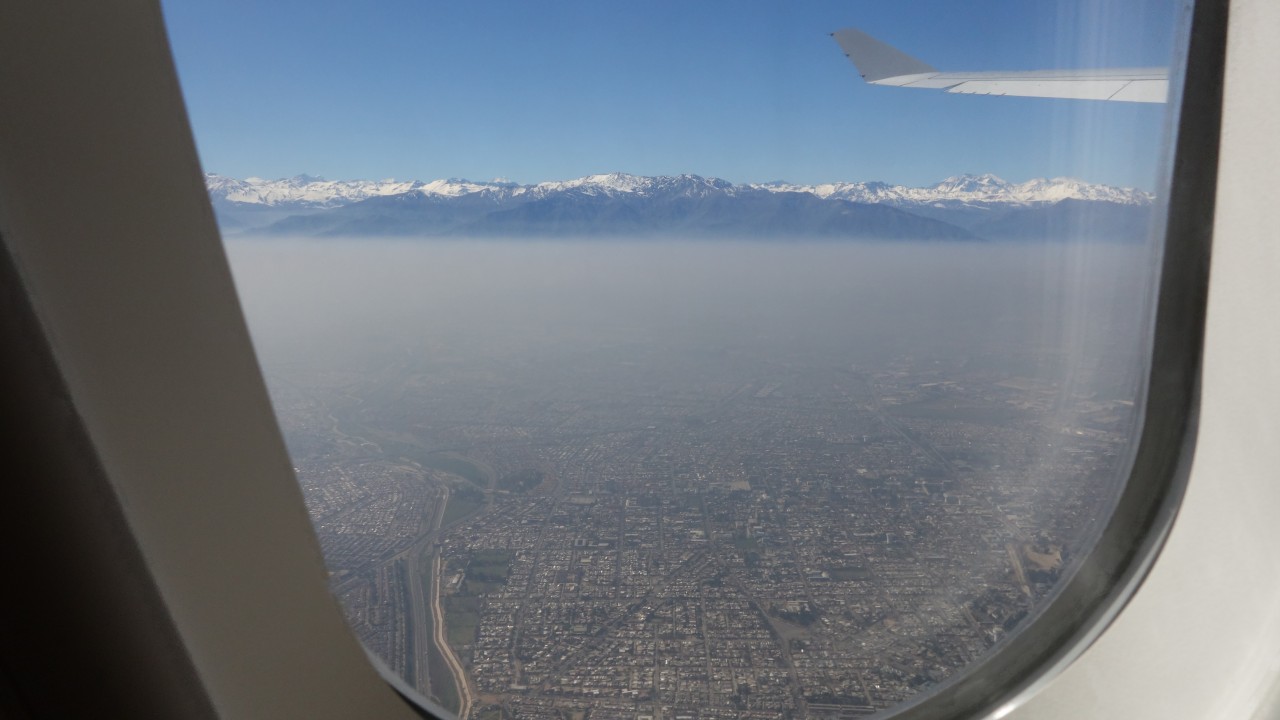
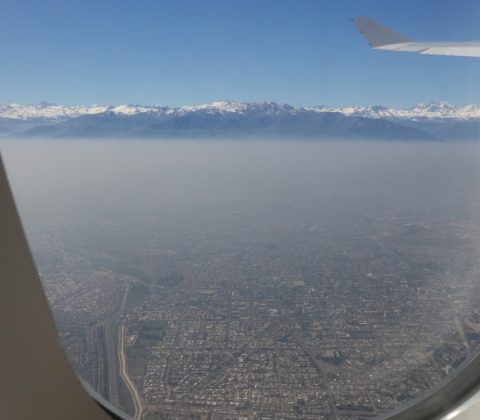
Returning to Santiago and to Denmark
For the impatient: Check out my hobby project Up Next DJ or read my book review of Thinking — Fast and slow. Or just skip down to the photos at the bottom of the page 😉
Arequipa and Iquique
When I left you last, I had to some extend come to and end of my travels — at least in the sense that there was nothing left that I had to see or do. And hence, the rest of the trip has been more relaxed and nothing “big” has really happened. But looking through my photos, something has happened anyway 😮
The trip from Cuzco down to Chile was beautiful. Colca Canyon and Arequipa was beautiful. Santa Catalina Monastery in Arequipa was sooo nice. I loved walking around in there… People say it is a city within a city — and it really is! Lovely garden and so peaceful 🙂
In Chile, I spend 2 weeks in Iquique. I tried to take para-gliding lessons, but I only had one lesson and then the weather changed. So I spend my time relaxing, slacklining on the beach, and working on an old hobby project of mine: Up Next DJ. I guess an open question here would be why would you use your time in South America working on your computer? Well… I guess that was kind of the plan from the beginning. It has been a project that I have wanted to work on for a couple of years — but never found the time. Now, with 6 months out of the calendar, I thought I might find time.
Santiago and Valparaíso
Anyway… Lots of pit stops down along the coastline of Chile: I visited Kat in Antofagasta again. La Serena, Vicuña, and Pisco Elqui was really beautiful as well. I really enjoyed coming out of the desert. It may have it’s beautiful moments, the desert, but I am not so marveled by it as (some) other travelers seem to be. I like the green part more 😉
I had 2½ weeks in Santiago and Viña del Mar / Valparaíso1 catching up with the acroyoga community and selling my bike. I loved Valparaíso; relaxed atmosphere, cozy cafés, beautiful street art — a very colorful city.
Final thoughts?
And now, I am sitting in the airplane somewhere over Argentina contemplating on my journey. I am so happy that I took the time of to live out this adventure! Would I do it again? Yes and no. Right now I feel that I have lived out my desire for traveling solo. On a motorbike. It is just hard to pack up your things every day, or every 2 or 3 days, and move on to the next place. I do like my alone time, but I also like to be able to share experiences with people. You know, a travel buddy with whom you can connect and remember small funny things from your adventure.
And it is difficult really to connect with people when you are on the go. You may find a “long lost friend” and establish strong bonds in a day or two, yes, but most often I think it is something that is build up over time — over shared experiences and beautiful moments. And when you are on the go, it just is difficult to find this time and to commit to this when you think Oh, I will be leaving tomorrow. Or the day after. Also, doesn’t help if you are a bit introvert and a bit picky with whom you spend your time… 😉
And also… The language. I knew almost nothing of Spanish when I embarked, and now…? Well… a bit more, but still not enough to have an interesting (and fluent!) conversation. Was it a problem? Hm… no… I survived! 🙂 Did I miss out? Yes! There were several occasions were I wished I knew more Spanish. On the other hand, I did find it difficult to motivate myself to sit down (in a school) and learn it. Traveling alone, and in hostels, Spanish was not really needed, and there was just so many other interesting options for me to do 🙂
Hm… what else? I am both looking forward to come home, but also sad. There are many people that I wished I had more time to connect to. So many where I want to say “See you again” instead of Goodbye. But I also miss my family and friends in Copenhagen. Lots of fun stuff going on in Denmark as well! And who knows… perhaps some new adventure will pop up 😉
Until then… Take care 🙂
Thinking — Fast and slow
Oh… oh… oh… I almost forgot! During my travels I found time to read the book Thinking — Fast and slow by Daniel Kahneman. An absolute recommendable book to read. Read my review of it and see if it inspires you 😉
- Viña del Mar and Valparaíso are two “minor” cities just west of Santiago at the coast. They are really close and grown together — to me it just seems like one big city. But you know… traditions and a sense of belonging ;-) ↩
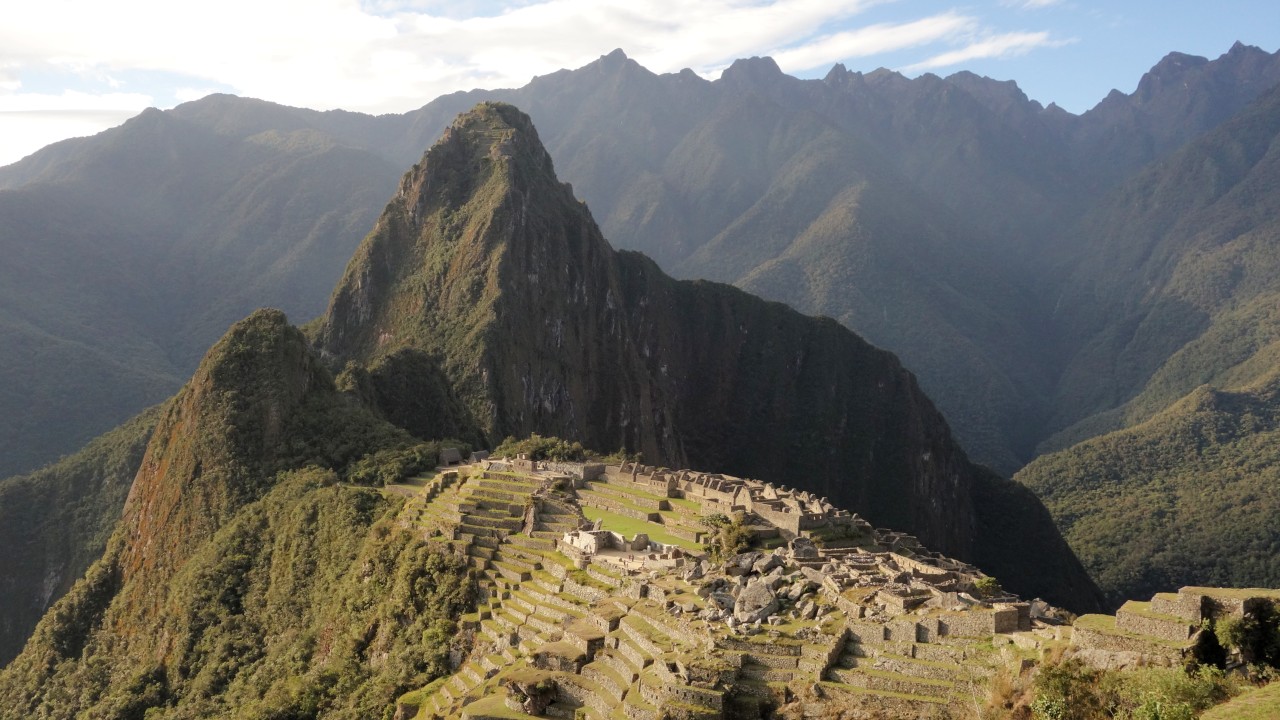
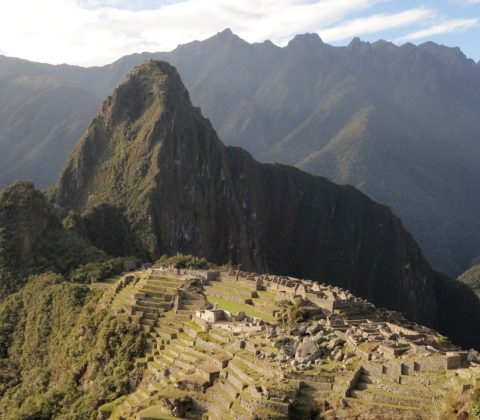
Lake Titicaca, Machu Picchu, and Cusco
Lake Titicaca and Machu Picchu had been one of the few must-do things I had on my todo list when leaving Denmark – and now, here in July, I got to visit both 🙂
Lake Titicaca
Lake Titicaca… what to say…? On one hand great to finally be at the famous lake – on the other hand… it is just another lake. I think I had envisioned a much lush green environment than it actually was. Something with forests and flowery bushes – a bit junglely – down to the shore of the lake, while instead it was this stony mountain landscape with yellow-brownish grass all over – not many green green colours to see :-/ But ok – it is also in 3850m height and it is winter down here.
Anyway… it was a great experience none the less. The community out there1 is real rural Peruvian culture. Not many tourists come there (yet) and so the landscape you drive through feels really authentic. I had sought out a hostel run by Felix Turpo with good recommendations, but first challenge was to get there, though… Felix’s hostal is located 100m away from the main (dirt/gravel) road – 100m down a steep hill side with only a pedestrian’s pathway to drive on. At the bottom you turn a 90 degree corner, and drive along the edge of a cliff. I have been talking about driving along exposed roads before, but this, I think, is a worthy contender for the exposed-road prize:
There is actually not much to do out there, so Felix offered to arrange a trip to the floating islands. I had vaguely heard about them, but really… I had no clue of what they were, so I said yes, and before I knew of it (the next day, actually) I was on my way to one of the smaller islands, named Uros Titino.
Arriving to the island made some alarm bells ring, though. I was greeted by the President which sat me down to explain me how the island was made out of rush; it took a year or so to build their island and it will last… was it 15 years? Anyway… it immediately became clear to me that I had walked into a (smaller) tourist trap – just the kind of thing that gives me red goose bumps. They live of inviting tourists to their island (a small donation of 10 soles is appreciated) and selling them artesanal stuff (souvenirs). But I did get a trip in their boat of rush and it was a nice relaxing trip out there. So ok… not so bad 🙂
Machu Picchu
Machu Picchu… Before we actually go to the Machu Picchu section, we will take a small de-tour to Llactapata. In an attempt to avoid the big tourist crowds, I had searched a bit on the internet to find alternatives for Machu Picchu – and up pops Llactapata.
Llactapata is (yet) another site with Inca ruins and is located up another mountain ridge about 5km west of Machu Picchu. It has yet to be fully adopted by the Peruvian government as an important Inca site, but people are working on it. The uptake is slow, however, and there was not much information on the net about Llactapata. So I packed my camping gear and trudged up the hill in hope of a great solo experience – and perhaps a great sunrise picture over Machu Picchu 🙂
Reality…
Reality of the Llactapata experience… not a solo experience 🙁 Apparently the trail I was hiking up the mountain on, was one of the old Inca trails that tours guide tourists down (towards Agues Calientes2) at the end of a 4 day trek. I met several groups going the opposite direction of me and about 15 minutes before the actual Inca ruins is little hostal/restaurant/camping site. I had actually seen it on one of the on-line maps – but did not dare to trust the information. Who would put up a lodge there? And there was also a little shop marked on the map – which also turned out to be true. Although, all they seemed to have was bananas, mandarins, and bottled water.
Anyway… my plan was to walk on up to the ruins and camp there – alone. Unfortunately, when I got there, there was a sign with camping prohibited (of course) and instructions to go to the camp site. Damn. So me back to the camp site to join the 7-tourists group camping there already. But… the view was great. Open landscape over to Machu Picchu – and with that a little thematic follow-up… We have had breakfast with a view. We have had lunch with a view. Here it is… Evening dinner with a view:
Unfortunately Machu Picchu is completely surrounded by higher mountains all around. Hence, the sunrise picture went awash… when the sun peeked over the mountains, it had already shed its colours 🙁
Machu Picchu
So… Machu Picchu. You can either pay 12 USD to take the bus up from Agues Calientes3 or take the stairs. I choose the latter option:
I had booked access to the Machu Picchu Montaña4 as well, and thus… 3hours and 3200 steps later (yes, I counted them5), one get to make a selfie 🙂
About Machu Picchu itself… It was great. If you look at just a single building… then not so big a deal. But the city as a whole… that is an amazing piece of work and art. And of course, the most sacred buildings do really have amazing stone craftsman ship. Big big boulders, cut and polished into a perfect a fit, and then mounted on top of each other in roughly 2500m altitude. Amazing!
The area is actually an earth quake zone – and Machu Picchu is (of course) build to endure that. The Incas did not use mortar. The stones are just placed on top of each other, tilting slightly inwards. When an earth quake hits Machu Picchu, it is said that the stones dances on top of each other, and then just fall back into their intended positions. Simply amazing!
Cusco
Cusco… At first I loved it really much. As a tourist, you of course only walks around the old city part. It is amazing! The old city part is protected such that the owner of a building must maintain the outer appearance of the building in the old style. Hence you can see lots of old buildings (both Inca and Spanish) that is kept in really good condition. Western companies such as Star-bucks and KFC are of course present, but they are not allowed to put up big neon signs. Instead they are limited to a neat little logo that fit into the environment. Me gusta 🙂
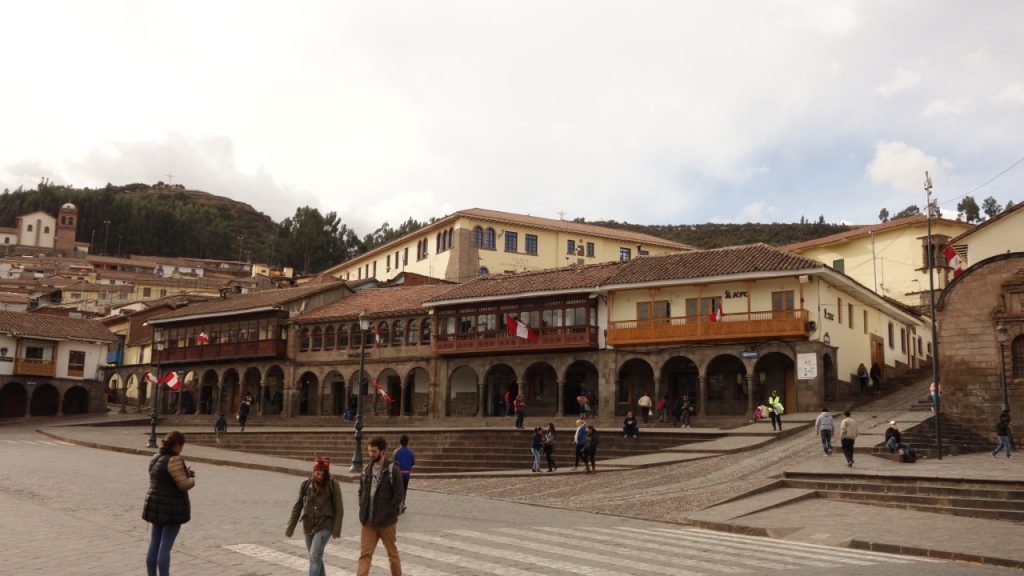
In the old city part there is strict rules on what owners are allowed to do with (the facades of) the buildings. Hence; KFC is present, but visually not as intruding as in Europe. Me gusta 🙂
On the funny side… Nobody seem to take notice of the traffic lights. This is no news for me as I experienced this in La Paz6 as well, where everybody just seemed to drive where-ever they could. What is news is that the (local) authorities seems to have acknowledged this problem. But… instead of educating the public and/or handing out fines to traffic light violators, their solution is to station one or two traffic wardens (women) in the light crossing. Not to keep order per se, but to look at the traffic light, and indicating go go go to the direction with green while blowing their whistles. Pretty silly.
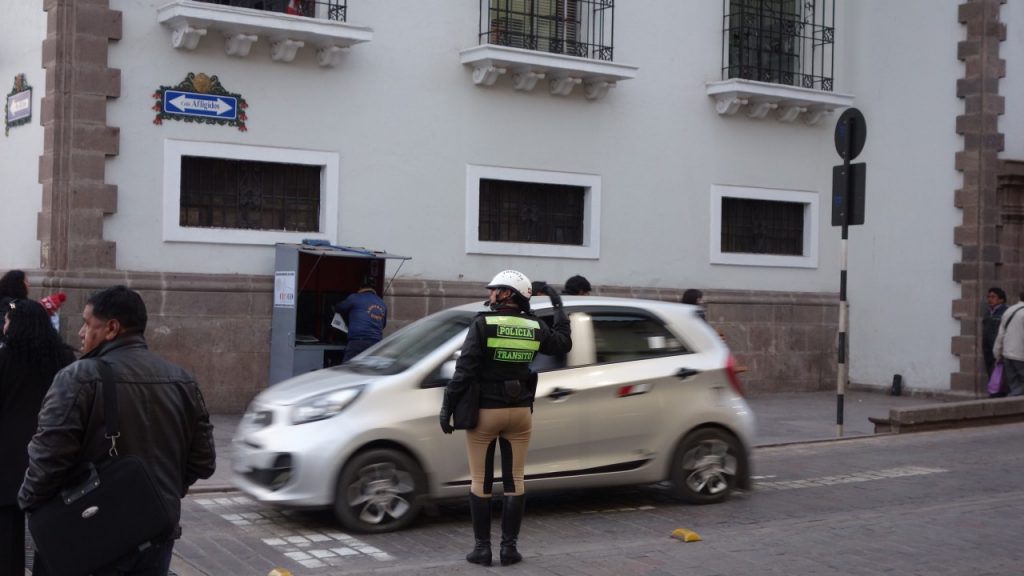
So in Peru they have acknowledged that traffic lights do not have any effect. Their solution? Put a (female) traffic warden in all their traffic controlled crossings.
And while speaking of whistles… here comes the not so fun part of Cusco. Tourist police (to keep tourists safe) walking around near the square, doing nothing but blowing their whistles from time to time. Apparently this is to create awareness of their presence (yes, I can see you clearly in your neon green west, thank you). Cars honking all the time to get attention because they also function as a taxi (but with no sign). Locals trying to get your attention to sell you sun glasses, polish your shoes, “free” massages, and souvenirs. There is never a second of peace and quiet in the city, and after 3 days with this, I felt that I had seen what I needed to see of Cusco.
Next stop…
Arequipa – I think. With my visit to Machu Picchu, I have reached my second big goal I had with this trip (Patagonia being the first) and I will now slowly drive southwards to be in Chile in August.
Thank you for reading… take care.
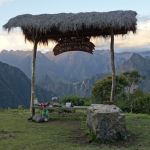
- The community is named Llachón and is located at the tip of a peninsula a the northern side of the lake in Peru. ↩
- Recently re-named to Machu Picchu Pueblo – although the old name still lingers. ↩
- And 12 USD to get down again… ↩
- Machu Picchu Montaña is one of the two popular peaks on either side of Machu Picchu that tourists can ascend to have a great overview of the citadel. ↩
- — Not! But Machu Picchu Pueblo is in 2000m height, and the Montaña is in 3060m height and with roughly 3 steps pr altitude meter… ↩
- So, La Paz is an awful city to drive around in. It is build in a pot – every direction you go, you either go steep upwards, or steep downwards. You can do nothing but follow the dense traffic and try not to be too hard on your clutch. Anyway… so at one time I was the first vehicle at a light crossing that had turned red. After a little while, the traffic on the other side of the traffic light started to move again. I, of course, did nothing (red light), and not 3 seconds went by before the cars behind me started honking their horns. On the right corner, there were a couple of police officers standing. They were not interested in the traffic light or the cars, but well… they were there, so instead I just turned around to see who was honking. I caught the gaze of the driver in the truck behind me. He was gesticulating go go go. Gesticulating towards the police officers he indicated dismissal – they would not do anything… so just go…! I just waited the 5 seconds more until the light turned green, and then drove the 15 meters forward that the traffic now allowed :-/ ↩
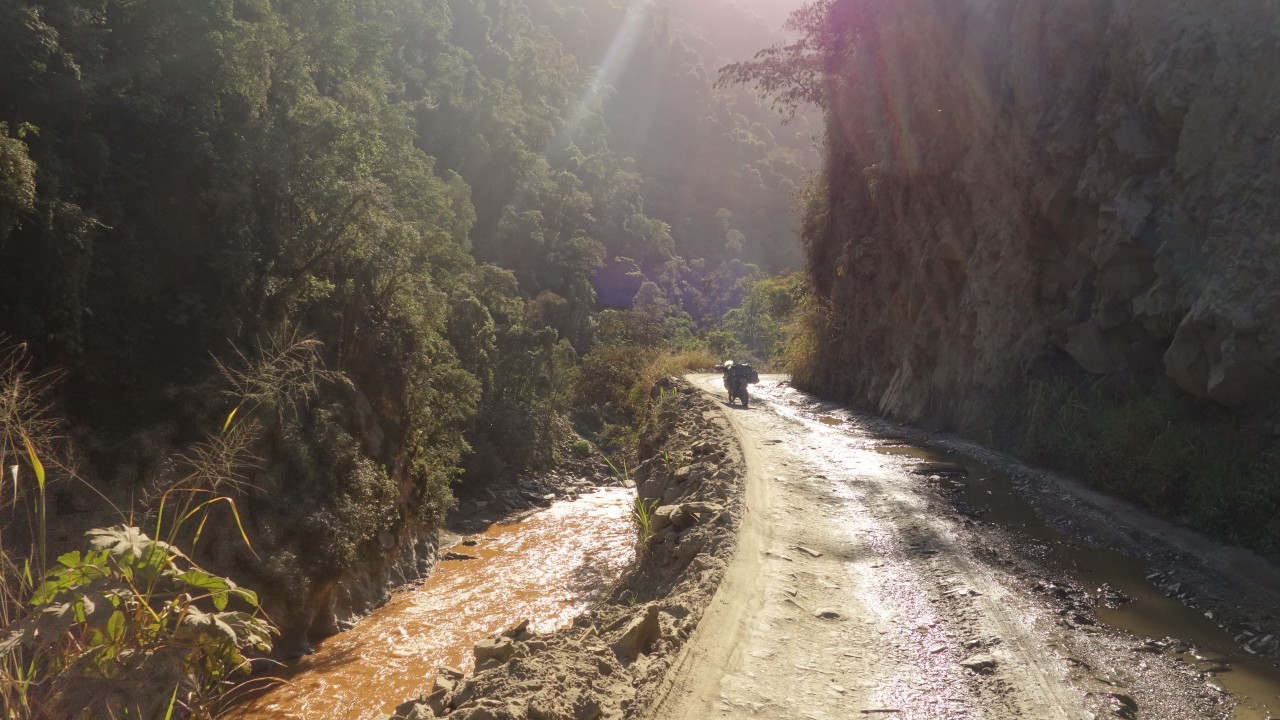
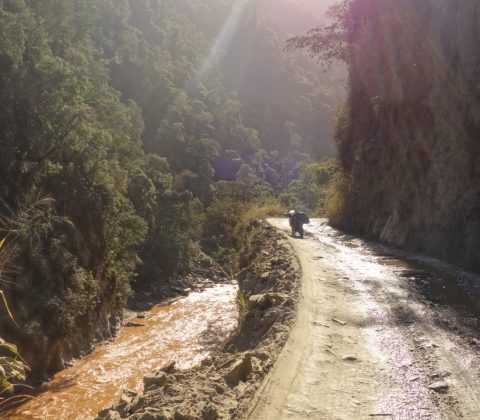
The Madidi Jungle experience
So the main attraction the last week would be the Madidi Jungle tour. The jungle was not really part of my plan to begin with, but it seems that everybody was/is stoked on how great it is, so when the Madidi jungle popped up on my radar, I thought why not.
But… I don’t know if I had too high expectations for the trip or I am just and old ungrateful bastard, but again I found myself thinking was this it? I mean… it was fun to experience the jungle and all – even-though it was not as dark an dense as I had imagined it – but it did not seem like such a great revelation as others have made it out to be. For starters, I did not see as much wild life as I had expected. Well… I did know that wild life were more easily explored on a pampas tour, but still… the guide seemed eager to show us monkeys, and I was just thinking where is the puma or the jaguar!?!?!? But we did get to see some cool leaf cutter ants 🙂
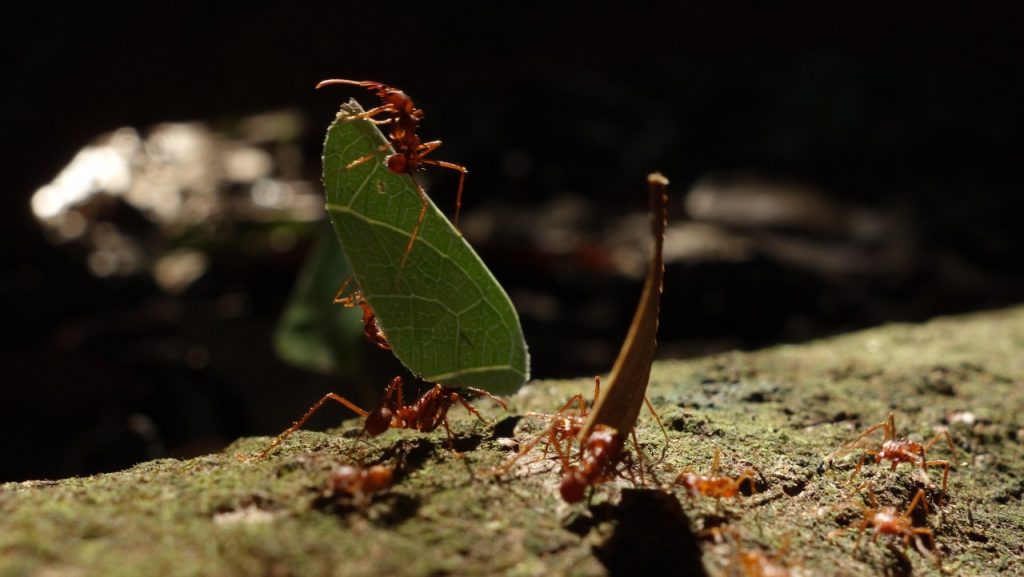
Leaf cutter ants. They are actually farmers… they put the leafs into a hole and cultivates fungus, which they eat.
I think one thing that also nagged me was that I had deliberately chosen a tour company that was not the cheapest one – the Madidi Jungle Ecolodge. Partly because they were going further up the river in the jungle (and they told me that would increase the chance of spotting wild life a bit) but more because I got the impression that some of my money would go to the conservation of the Madidi national park. Unfortunately, during my stay at the lodge, we did not get information about this conservation. I tried to ask a bit about it, but got vague answers. It probably did not help that the guide was not fully fluent in English (though advertised so) and there were several occasions where I did not fully understand what he meant. There were also occasions where he clearly did not understand my question either, but instead of trying to clarify my question, he would just answer that he thought I was asking about :-/
But it was a good experience none the less. I skipped the pampas tour, though. Mainly because when the local staff tried to sell me a pampas tour (and while reading about it on the net) they only mentioned the same animals as I had already seen in the jungle.
Ruta 3
But what was fun, though, was the Ruta 3 from Coroico to Rurrenabaque. Or to be more correct; the fun part was from Coroico to Yucumo.
First thing that got my attention was… hey(!) what is this car doing in my lane!?!?!? And by the looks of his sudden reaction, he must have been thinking the same about me.
Turns out, I was in the wrong lane. He stopped and explained me that on this road, you drive in the left lane. Reason: When people are going down the mountain, they will be furthest away from the cliff and thus have the best overview of on-coming traffic. To be honest, a couple of days earlier I had been told the same on the Death Road, but I just thought it was a rule they had made for the sake of the mountain-bikers on the Death road and not anywhere else. But along Ruta 3, there are two stretches which are left hand sided. I just missed the sign!1 But then comes the question… when does it go back to right hand side driving? Even the locals are not sure and the best advice is to proceed with caution…
Second thing about Ruta 3 is it’s condition. It was gravel road and it was a bit more rough than what I had encountered at Ruta 25. I had kind of figured that one out when I heard/read stories about trucks and buses taking 15 hours or more to drive that stretch. But further-more, it is littered with pot holes. Not just on the gravel (which was interesting enough) but also on the asphalt. You can have (fairly) good asphalt, and then suddenly pot holes are littered on the road. Some up to a square meter in size, some 30-40 cm deep. Better to avoid these 🙂
In general driving on the road was an interesting experience. Some parts would be asphalt. Other dirt road. But I did not find the logic in which stretches were asphalt and which were dirt roads. It would vary between a few kilometers of asphalt, then some dirt road, then asphalt again. A couple of times you would only have 20m to 100m of dirt road before a new stretch asphalt would begin. According to a local guy, the problem would be corruption. I saw a plaque along the road informing about the construction of the road between La Paz and Trinidad (which covers Ruta 3). It was dated back in 19822. Along the road there are 2 good tunnels that have been build – but never taken into use. What would happen is that some company would get a bag of money to build (a part of) the road, but after a while the money would be gone and the work perhaps only 1/3 completed. Then a new bag of money would be given – but with same result. And so on… They are still working on asphaltising new stretches as we speak.
The end result? A funny mix of old un-maintained road with several pot holes and bumpiness (due to geological activity) along with rather new stretches of road in good condition.
Oh well… it just makes it a more interesting ride 😉 In the end, it was not as big a marathon as Ruta 25. Approximately 200km of interesting road, covered in 6-7 hours. But great views along the way 🙂
Next stop…
Lake Titicaca, Cusco, and Machu Picchu 🙂
Take care.
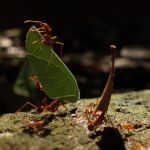
- To be honest, I am not quite certain if I missed the sign, or if I saw the sign but just did not pay attention to it. The thing about signs in Bolivia is that a) when there is a sign prohibiting or ordering you to do something, there is rarely a sign negating the first one. E.g. if there is a speed limit, it is more or less up to you to guess when the limit is lifted again. And b) signs are often ignored. You are only allowed to drive 35 km/h? Locals go 80 or more regardless. Not allowed to take over? Who cares!?!?!? Even traffic light is ignored – like when you stop at a red light in La Paz, and there is a couple of police men just next to the crossing, and people behind you start honking at you because there is plenty of room for you to cross the light!?!? ↩
- Or was it in 1988? Unfortunately I was not smart enough to take a photo of it… ↩
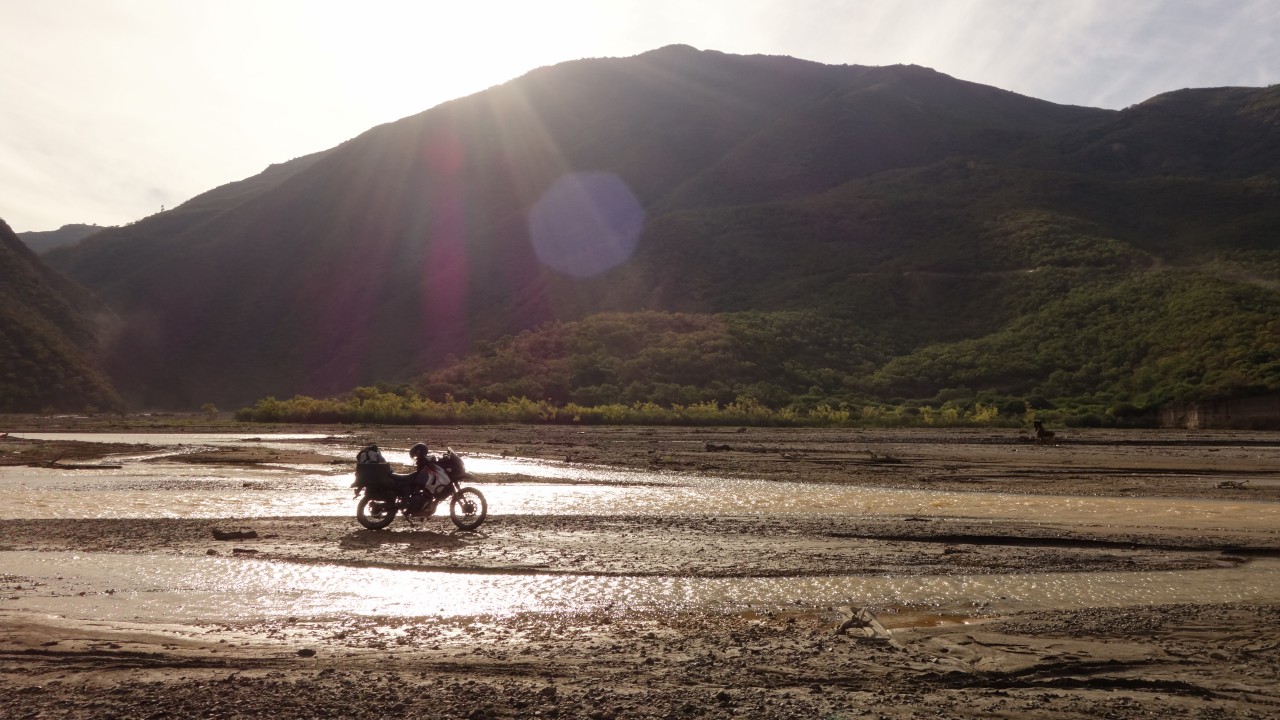
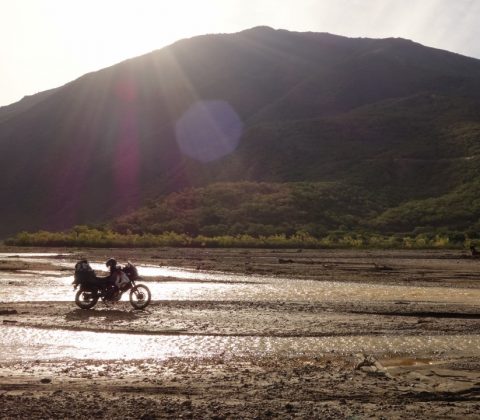
Ruta 25
At the moment I am sitting in a hostel in La Paz. It was not my intention to go to La Paz, but well… problems with my motorbike and you don’t really get much help in the smaller cities. Even in La Paz, I think it is difficult to get decent spare parts for what you need. As I said before… you can get anything you want, as long as it is cheap. But you also get what you pay for…
Ruta 25
So it started with Ruta 25.
Ruta 25 goes from Cochabamba to Coroico and is a 450km stretch of dirt road. As the rookie I am, I did not quite realise that. I did notice, though, that I had troubles getting my GPS to draw up the route for me; each time I tried, instead of going directly through Ruta 25, it suggested that I took the long way west around the mountains – and that road would take 8½ hour. Perhaps that should have tipped me off…!?!?
Well… so I packed some food for a sleep over in the wild; it was 1 o’ clock when I left Cochabamba, and I thought perhaps it would take a day and a half riding. Weather was good, view was fantastic, and I had read on a blog that other bikers had overnighted in Indepencía1.
It did not go as fast as planned. I still needed about 50km to Indepencía when it started to get dark. So I found a good place to camp (which is actually a bit difficult when you are in the mountains and all flat spots seems to be taken by small settlements) and called it a day. Next day I would take a long stretch and be in Coroico by evening. Good plan. Except – when I tried my GPS again (from current location to Coroico) it still wanted me to go back to Cochabamba (where I came from) and take the long way2 around. Perhaps that should have raised an alarm….!?!?!?
Day 2
Next morning… early up and going. At one point, I came to a river crossing. Information from other travellers3 had mentioned that there once had been a bridge, but now it was not there any-more. So you had to cross the river directly – which would be no biggie. Other motor-bikers had done it and it was the dry season. Not much water here…
Well… turns out… once you get a little bit closer… it doesn’t seem so dry any-more. I went out into the river on the banks, but at some point I could not see my way through. My experience with water crossing had until now only been the small occasional water passages on the dirt road – mostly here on Ruta 25 – and I did not like the thought of getting stuck out there in the middle of the water :-/
Luckily I spotted 2 trucks coming down the mountain, driving my direction, so I thought I would just wait a bit and tag along with them. They came down to the river and started crossing it without hesitation. The water reached two thirds up on their wheels and I though “Ok – if that’s the way, then that’s the way…” and followed.
Don’t quite know if I missed the exact same trail, or if I just mis-judged the water level on the trucks, but suddenly the whole idea did not seem that well. The water quickly soaked my boots and I immediately remembered the words of Mick and Tómas saying that the KLR did not go well with water too high. Well… no way out – I did not like stopping right there – so I gave more throttle, and then the water got deeper – now reaching my knees.
But in the end I got through (of course 😉 ) and I was safely on the other side. Great 😀
But it had also taken a bit of time, and looking at the GPS, I realised that I was far far from my goal of Coroico. I had to make it another night out here. Long story short, I was offered to sleep in a communal house in a small city. This is where I met my favourite Bolivian electrical installation.
Day 3
Ok – last day. Surely I would make it to Coroico today. My boots were wet – but the GPS finally accepted that the shortest route was along Ruta 25 – and it said I would be there at 15 o’ clock. This was also confirmed at lunch time where a friendly local asked where I was going and replied with the same time estimate.
Not so fast, my friend!
The time estimate kept shifting during the afternoon. Don’t quite know why – but slowly 3 became 5, which became 7, which became 8. One of the more critical things that happened was that my rear brake broke. One of the bolts that holds it in place snapped and then, of course, no brake function. At that time it was already 5 o’ clock (sun sets around 6 o’ clock), my feet was starting to hurt from being in the warm wet boots all day, and I still had 80km left. But I did not like the thought of camping another night out and the GPS kept saying that I would be there soon – so I pressed on.
I finally reached my hostel (Hostel Sol y Luna – recommended by other travellers) at 8pm. The hostel also had a restaurant associated with it – which I had been looking very much forward to. Unfortunately, because this is off season, the restaurant closed at 8, and since I did not feel like walking down into town (1km steep down hill with sore feet) that evening’s dinner consisted of rice, bouillon, and canned tuna. Not quite what I had hoped for :-/
In total, I spend 18.5 hours driving – not including time for eating, photos, camping etc.4. I had a an average speed of 25km/h. All 450km driven in 1st and 2nd gear.
Coroico, Death Road, and La Paz
So I spend a few days in Hostal Sol y Luna in Coroico, trying to fix up my bike. In addition to the brake that needed repair, also the gear pedal was a bit loose, the horn had stopped working, the battery had died, and the tyres were closed to be worn out. While the brake and gear pedal was fixable in Coroico, the horn and tyres were not. Well, not so critical. Most critical was the battery. Two cells had been emptied (perhaps on the two occasions where I had my bike down on the side?) so I filled it up with distilled water, but was unsure if it would work again or not.
Long story short – I decided to change my plans and go to La Paz for a new battery. Tyres and horn could wait a bit – but the thought of having to run-start my bike each time I stopped did not seem appealing to me. So I took the Death Road up to La Paz.
Verdict?
Meh…
I had more adventures on the Ruta 25. I am sure the views can be great on Death Road – but most of the time that I spend in Coroico (including today on the death road) it was cloudy / foggy. Furthermore, the past 5 years the Death Road has been sanitised a lot (with barriers so people don’t drive off the cliff in the curves) and the only traffic on the road are mountain-bikers going downhill. Not nearly as exciting as an oncoming truck on Ruta 25 that just honks twice before going into a curve 😉
The battery seemed to live up after a couple of hours driving (great) so instead I spend the whole day looking for good tyres. Tomorrow I will hopefully have my (fully functioning) KLR back – and I will try to head towards Rurrenabaque – which apparently is the place to go for a jungle tour and a pampas tour. Update will follow 🙂
- Yeah… sometimes they have a bit funny names here in South America. Other European-funny, but popular, names are Concepcíon (which you have met before) and Constitucíon. ↩
- Which is actually not that much longer. 480km “detour” vs. 450km “directly”. But I did not know that at that time… ↩
- Thank you guys on iOverlander. ↩
- Moving time, reported by my GPS. ↩
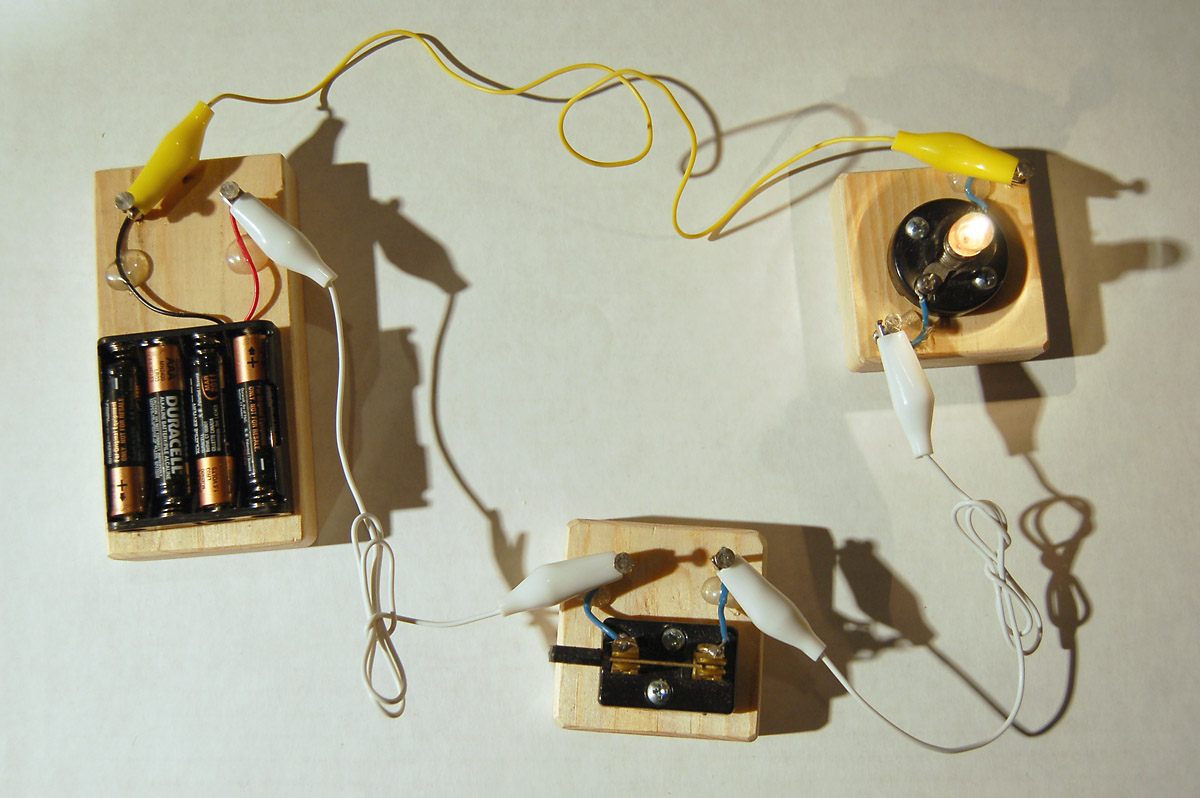
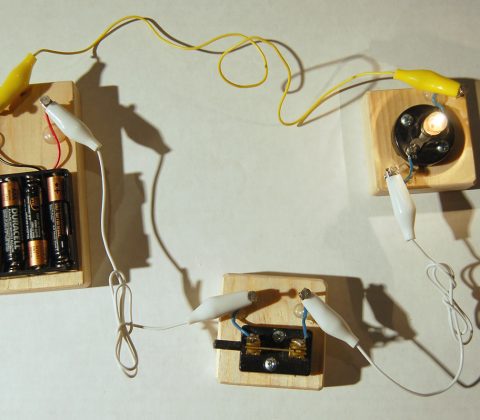
Bolivian electricity
Bonus gallery 🙂 Remember when you were a kid and you played with electricity? Your dad showed you how to pin 4 batteries and a light bulb to a wooden board using a handful of nails. Then you crudely attached a few wires to make the light bulb light. Perhaps a switch was introduced. All just made up by wrapping wires around each other.
Well… it would seem like that the Bolivians have not gotten any further… Take a look at the small sample gallery of everyday electrical installations 🙂
Ps.: Featured image stolen shamelessly from tinkering.exploratorium.edu.

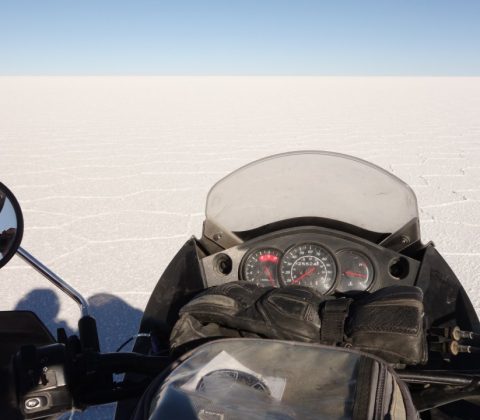
Salar de Uyuni and entering Bolivia
So I am sitting here with my hotel complementary breakfast, and don’t quite know what to make of it.
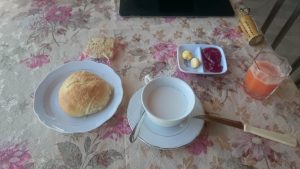
1 white bun, a couple of crackers, butter, jam, warm milk, and juice. Not much for a tall Dane to go on.
1 white bun, a couple of crackers, butter, jam, warm milk, and juice. Not much for a tall Dane to go on. Oh well…
But wait… why are you on a hotel?
Well… the climate here in southern Bolivia (Oruro, to be exact) is not quite friendly for camping. I had been looking at weather graphs when I was back in Denmark and thought, well… just drive a bit more north, and you can have the weather you want. Well… The day-time temperatures are 15-20 degrees (I think) which is quite good 🙂 But the sun is very strong. I am using sunscreen factor 50 – and still my skin (mainly face / lips) is having a difficult time. Not just the sun, but also the dry air and wind (when you are driving) really dries out your skin. At night, the temperatures falls to -10 +/- degrees… No bueno with my camping gear.
Then why not a cheaper hostel? Hm… they are a bit difficult to find in a non-tourist-oriented city, also taking into consideration that I would like a (secure) parking space for my bike.
Then why not couch surfing? Turns out, it is difficult to search for hosts while being out in Salar de Uyuni without internet 😉 But hey… I also get this complementary view of Oruro from the hotel restaurant:
Salar de Uyuni
And speaking of Salar de Uyuni, I took my chances and drove through the salt desert on my own. I had been a bit worried, though, because when I was staying in Ollargüe (border-city in Chile) 2 groups of bikers came driving south from Bolivia to Chile, and I saw my chances to get some intel from them 🙂 Friendly and helpful, but also a bit disconcerting when the (most often asked) question is put out there:
Other biker: So you are traveling on your own?
Me: Yes 😀
… followed by looks of worry and concern.
You take good care of yourself!
Yes… same well-meaning(!) advice as I got back home in Denmark – a little more worrisome when it comes from a fellow traveler, along with explanations of quick salt (like quick sand, just with salt) and stories about travelers dying out there because they got lost and got caught in -20 degrees.
If, by 4 o clock, you cannot see your end destination, turn around and go back where you came from.
He relaxes a bit more, when he learns that I got a GPS 🙂 But then again… when he realizes it is my phone in my hand that is my GPS, his eye brows raises skeptically once again…
Find somebody – another biker or car – to drive after out in the desert. That way you will avoid the quick salt. Or better yet, find a local guide to drive with you.
So… I play it safe and drive to Uyuni (the city) instead of going directly out in the desert, thinking I might just take a guided-tour – you know… the touristy kind of thing… 7 Europeans crammed into a 4×4 with a Castellano1 speaking only guide racing through all the sights as fast as possible. Also, I needed to get a SOAT2 which I (of course) forgot to buy at the border.
Uyuni is filled with backpackers as well as cafés and restaurants and tour companies catering for the same. Also, Abogados (lawyers) on every street corner. Don’t know why they need so many lawyers in such a small town!?!?!? Anyway… If you like to hang out with other backpackers, eating pizza or Mexican tortillas in nice cafés (with wifi), drinking beer (all of which are very good things to pass your time with) then yes, Uyuni is a great place. If you just want to get your SOAT, then you are told to go to Potosi or Oruro. They don’t even question how you get there with your bike… I mean, driving around without a (mandatory) insurance!?!?3
So I take a quick decision, and the next morning I head for the salt desert:
The first stop a few km into the salar is the Ojos del Salar; water holes at the edge of the salar, where fresh water is pushed up from underground. I keep my bike at a distance (along with the other cars) while I think of the well-meaning advice of quick salt. Also, can’t help but laugh a bit at the tourists making funny pictures a few 50m away:
When I drove into the desert, I just happened to stumble into a fellow biker from Argentina. I follow him out into the white, since he seems to know where to go – and yes… the next stop is where I get my tourist photo 😀
Dakar 2016 was marketed heavily in Uyuni.
After that, the Argentinian biker and I say goodbye (he wants to head south; the salar was just a quick tourist thing for him) and I dot in a spot on my GPS marked as a “Cave entrance”. When I get there, it turns out it is one of the islands in the desert (of course) and I go exploring on the island:
I do notice 4x4s driving past the island, around the corner, and there is also a few tourist walking from the corner out into “my side” of the island. So after a while, I take my bike and drive around the corner, and find the tourist establishment:
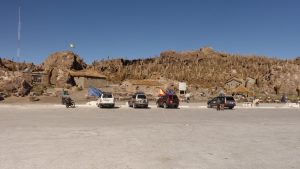
I explored this island from the other side – hiking up a bit. It was only when I got down again (at a slightly different spot) I noticed the do-not-enter sign. Then I drove to the other side of the island, and saw the tourist-establishment…
Apparently the access to the island is restricted to specific paths and, of course, there is an entrance fee. Oh well…
I also ran into a couple of backpackers that told me they were going to camp in the cave. Cool! I want to join 🙂 But I chickened out… the thought of (possible) -20 degrees in the night did not seem pleasant. And it also seemed a bit too forward to ask the girls if I could cuddle with them during the night 😉 Instead, the next morning when I woke up in my hostel and walked out to my bike to find my water bottle filled with ice, I sent them a warm thought. Hope they had a good night.
Other stuff
Other stuff of course also happened. I spend some days in San Pedro de Atacama with Kat4 playing tourists. Valle de Luna (Moon Valley) was really beautiful:
In Calama, I made preparations to go to Bolivia and Peru by buying 2 x 4L of gas canisters. Although, so far, I have had no problems, rumors have it that it might become difficult to get (good) gasoline in some of these parts. Anyway… it just leveled-up my never-ending game of Tetris-packing my gear:
On the way from Calama to Ollagüe, you will also find a green canyon in the middle of the desert. The water comes down from the mountains, and the locals use it to make it a nice place to live:
And as a final note, I think I need to make it a bit up again for the dogs. In a previous post I ranted on about dogs and their tendency to chase me (and other bikers) while driving. While the problem has not completely gone away, it seems that my worst experiences with this were to be found in the southern part of Chile (Chiloé and Coyhaique). So when I met this dog in a hostel, I just had to take a photo. A dog after my heart:
Oruro
It is evening now (yes… time traveling is easy on the net 😉 ) and I have been walking a bit around the city. I just thought I would share a few impressions with you – while I still (?) have your attention…
First of all, the air is dirty. My friends in Denmark know that one of my complaints with Copenhagen is that the air is polluted. And it is! But this is 10 times worse. The car park is very old (cars, vans, buses alike) and they crowd the streets all day, moving around slowly, polluting the air. From time to time you will see a (relatively) new Suzuki Swift (or the like), but most often, the car looks like something that rent-a-wreck would have given up years ago.
But it is a very quiet city. People get in and out of the collectivos5 all the time, and cars waiting behind most often waits with patience. Sometimes, though, they will honk their horn. But not an Italian style hoooooooooooooooooooooonk-I-want-to-move-forward-now kind of honk, but more a small and shy I-almost-did-not-touch-my-horn honk.
That and the fairs. The fairs are great. They are anywhere, and in places where you have a street wide enough to support two lanes of cars in each direction, at least one lane and the sidewalk is covered with stalls and individuals selling everything. I repeat everything. You can get everything you want – as long as it is cheap! But in relation to the quiet city, it is worth mentioning that they do not shout out peddling their goods. Occasionally one will have a microphone and a speaker, or some shop will play loud music, but most of the time, the local people just sits back and lets the potential customers walk by without shouting them down. Me gusta. Me gusta mucho 🙂 Of course, if you pay interest in their goods, they will be attentive 🙂
The down side is that it is difficult to get a good photo of the fairs. Partly because they are so compact. But more because the local (indigenous) people most often do not like people taking photos of them. And I mostly don’t feel comfortable taking photos of people – so this is the best shot I dared to take today:
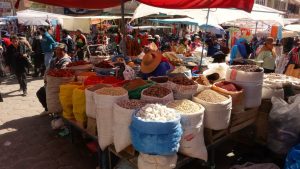
I love the markets and the local people in their indigenous outfit. Unfortunately it is difficult to catch a good photo of the colourfulness of the markets – not least because most indigenous people don’t really like being taking photos of.
Other impressions… I mentioned above that Uyuni got loads of abogados. Turns out… Uyuni is not the only one. In this street there were 10(!) abogados side by side. Again, don’t quite know why, but perhaps it is a sign that the Bolivians love their paper works as much as their Chileans neighbors 🙂
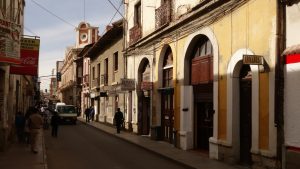
Bolivians love their abogados. In this street there was at least 10 of them. Perhaps it is a sign that the Bolivians love their paper work as much as their Chilean neighbors…?
Another oddity… Take a look at this photo:
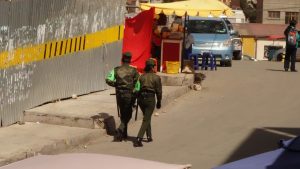
Sometimes you spot some oddities… like this police woman… she is wearing high heels. Somehow that does not seem practical…
I did not dare to take a photo while she was close – her being a police woman and all – but I hope you spotted that she is actually wearing high heels. Somehow that does not seem right, considering her line of work.
Another little thing. We are all familiar with the concept that sex sells. Sex is used widely in the western marketing culture – but still… this surprised me a bit. Sex sells public toilets…
Let me end this long long post with a nice photo from one of the squares in the city:
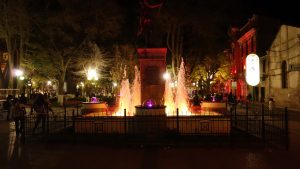
Oruro by night. Looks like something that would attract tourists – but not many tourists in this town (at least in June).
The end…
If you got this far, then thank you for reading. Hope you liked it. If you just skipped down to the photo album… No worries. No hard feelings 🙂
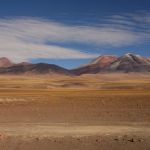
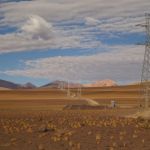
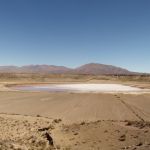
- Local way of saying Spanish. Historical reasons too long to get into details here, but something about the heritage of the Spanish conquistadors (and their language) and the South Americans wanting to distinguish themselves (and their language) from the Spanish spoken in Spain. I don’t know the details, and could not (quickly) find a good reference on the net. Sorry. ↩
- Seguro Obligatorio – 3rd party insurance on your vehicle. ↩
- I later read on the Horizons Unlimited forum that if you only are staying for 30 days in Bolivia, then you don’t need a SOAT. But it is a hearsay, so I don’t quite trust it. On the other hand, it could explain why I just got a 30 days permit to stay in Bolivia without any questions asked regarding insurance or other things… ↩
- An acroyogi-friend from Antofagasta that decided to join me for a couple of days in San Pedro de Atacama. ↩
- Private company cars / vans / buses that function as public transportation. There is no specific stops, and you kind of have to know which route a particular car is going. But you just wave it down, or approach it while it stands still, and get in. Pay what corresponds to 5 kroner (more or less) and later get out when you need to. They will pick you up and drop you off almost anywhere – even in the middle of a traffic light. ↩

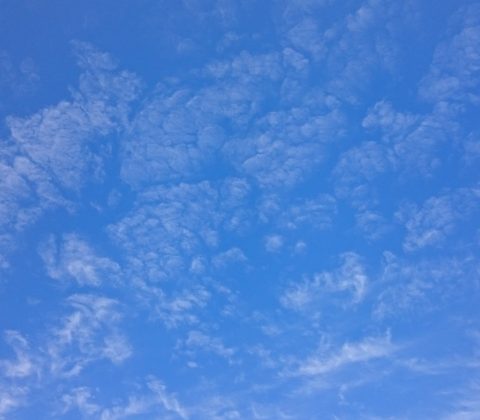
No news is good news, right?
As the title suggest, though it is almost 2 weeks since I last made a post, I don’t have much news. I spent some days in Santiago, fixing up my bike and playing with the lovely acro-crowd 🙂 I then shipped my bike to Antofagasta and took the bus myself, saving my self for (at least) 16 hours of driving. The idea was to skip the long distance riding and have some relaxing days instead – which I have had 🙂
Tomorrow, the plan is to go to San Pedro de Atacama. It is located in 2500m height. I will stay there a couple of days to let my body get a bit used to the height, and then try my luck with going to Bolivia. In Bolivia, I have no plans… I have been thinking of finding a nice place to stays for a week or two; there are a couple of options related to yoga retreats and to volunteering projects. But time will show… something is going to pop up in time 😉
So, you don’t have anything new at all, you might ask…? Well… one thing… I got all my photos geo-tagged and implemented google map displays on my photo albums. So go back through the blog posts, and below each photo album, you will find a map with the locations of my photos. I thought it would give you a good impression of where I have been.
Is that all? Yes… pretty much… except for a blue sky with pretty clouds 😉
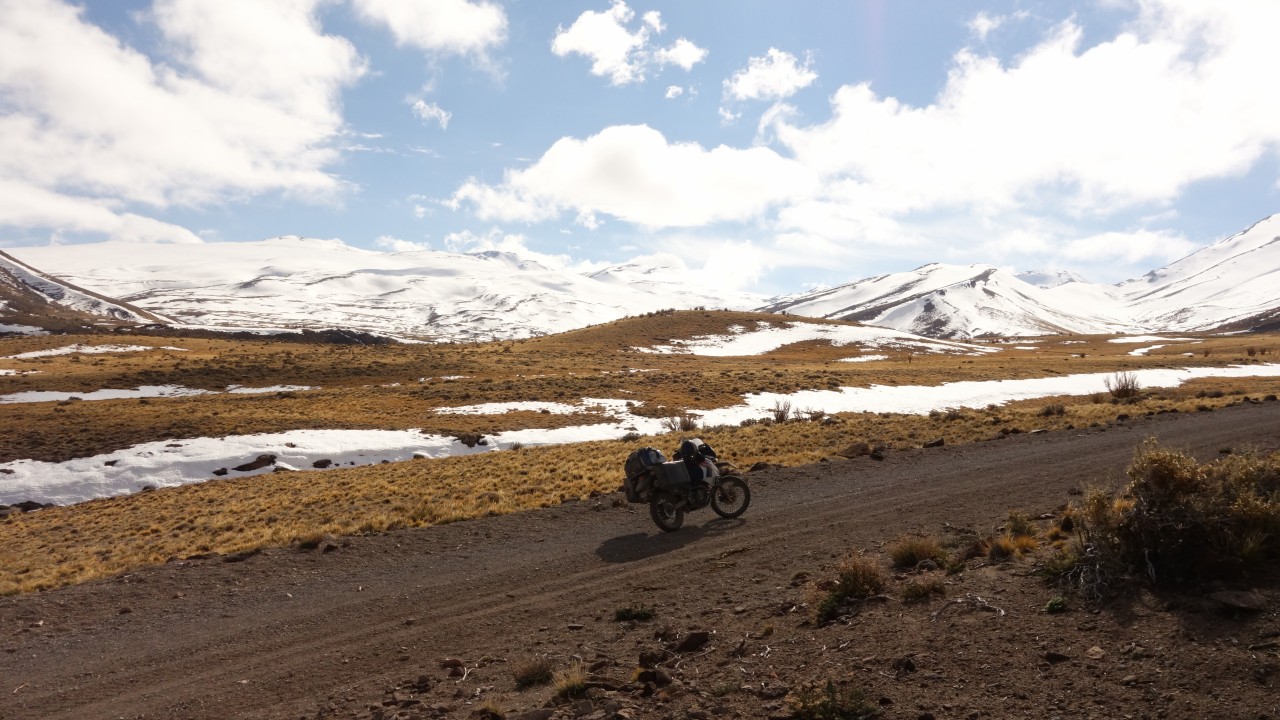
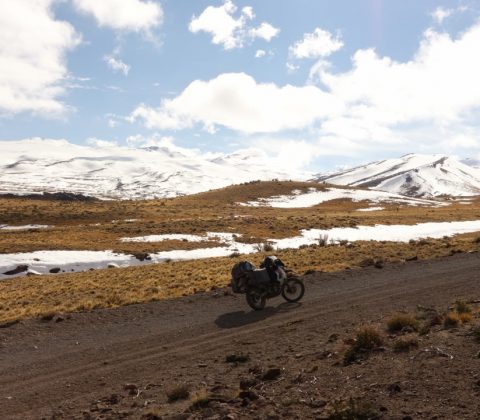
Meeting the Andes
While technically I have been traveling in the Andes for a while, I have now had my first encounter with the challenges of gaining higher altitude… here are a couple of tales 🙂
Parque de Nieve Cerro Wayle
On my way up north through the western parts of Argentina, I drove through Parque de Nieve Cerro Wayle. The national park encapsulates the Vulcan Tromen and the Laguna Tromen along with a shelter, so I thought I would check it out and perhaps stay the night.
Arriving there, it actually turned out that there was also an information office – but nobody was there – and there were some cabañas and an old shed with scrap parts of quick locks for ski boots!?!? Opening hours announced from 6.30 to 13, and 16 to 20. Clearly not happening today 😮 Everything was deserted. There were, however, two small cabañas which were open, so I made the decision to stay there for the night and went hiking a little bit up the mountains.
I spend a couple of hours walking around the landscape, reading, enjoying the silence – and noticing the clouds coming in. There had been clouds around all day, but now they were headed my way. And not clouds like up in the sky – well, yes – but I was at 2250m height, so I was “in the sky” and the clouds came rolling over the landscape. It looked really cool with the wall of fog coming towards me.
Fast forward a couple of hours… It was dark and cold, and I had been hiding away in one of the cabañas, cooking food, reading a bit, and listening to pod-casts. But at 8 o clock it had gotten too cold to be anywhere but in my sleeping bag, and being too tired to read, but not tired enough to sleep, the mind starts wandering and all sorts of questions starts to pop up… like…
How high was I up? GPS said 2250m – but how high is that really? I mean could I get altitude sickness? At what height are you at risk?1 Do I have a slight headache now? Or is it just me thinking about it? I was getting pretty exhausted and dizzy while hiking… But would they build a shelter/cabañas at a height where people could be at a risk?
And…
And…
Lots and lots of worries… in the end I woke up to a beautiful morning, my bike started in the first attempt, and I had a lovely ride out of the park 🙂
There seems to be something to be learned from this experience, but I am not quite sure what 😮 I mean… definitely do it again, but perhaps be a little more prepared… I guess that comes with experience 🙂
Going back to Chile
I had been driving back and forth between Argentina and Chile a couple of times, enjoying the roads in the mountains – no problems at all2. So when my gps application suggested a new border crossing for going back to Chile, I thought not much of it. I could see that it would cross at 2800m height, but after hiking around in ~2500m height in the national park, I thought driving through 2800m height would be no problem.
Well… the view was amazing, of course. The road was dirt road, but mostly good. There were a few places where you had to be extra careful, like passing this…
At around 2500m height, the snow started to appear on the landscape. No problem, though, the road was still clear. Well… at 2600m height, the road became a lot more uneven and harsh cobbles were spread out with a loose hand. Further more, snow and ice had started to take bigger and bigger bites of the road. So I had to realize that this way was a no go…
Returning back to the hostel I had left in the morning, I of course shared my story. The hostel owner was not very surprised of my findings! After all… that pass had been closed down since March, meaning even if I had managed to cross through, there would not have been any officers at the border, and I would not have been able to get my paper work done. Lesson learned? Learn some Spanish! Get more comfortable with asking locals for advice on your plans 😮
So, the next day I had the options of going up north to the Los Libertadores crossing near Mendoza, or to drive a bit down again to another pass, roughly 50km further south than the pass I tried the previous day. Looking at the twitter account (!) for the Los Libertadores pass, they announced that it would be open from 8 morning to 8 evening – but snow chains were mandatory! So I chose the southern crossing. Almost same height (2600m height) but paved road all the way. And extremely beautiful. I had said to myself to just drive quickly through it (I wanted to go to Santiago and had a long drive ahead) but you cannot go through this place and not stop for a picture! Or 10!
Santiago again
So… now I am back in Santiago for a while. I expect around one week – but who knows. The plan is to fix up my bike a bit and (of course) do some acro again. After that, I will start to go north. A big goal for me is Peru; to see the remains of the Inca culture.
Hasta luego.
- Turns out, the critical height is around 2500m (altitude.org) so I was pretty safe 🙂 Hiking up the mountain, I may have been at 2500m height, but the “small mountain peak” I thought about going to the top of… turns out it peaks around 3600m height. So much for my ability to assess heights in the mountains :-o ↩
-
Well… a few small problems with the Chilean border officers. Chileans love their paper work, and each crossing seemS to have their own set of rules you need to abide to. Due to slow paper work, my bike is still registered as Tómas’ bike in the Chilean computer systems, but I have official papers with me of my purchase of the bike. As a plan b, I also have an authorization from Tómas to me, allowing me to take “his” bike to different countries.
In my last crossing from Chile to Argentina, the customs officer (a young girl) has some concerns regarding my bike and a senior officer (older man) is called in to help. After some looking back and forth, he finally decides that everything is ok, puts a few stamps here and there, writes a reference on my authorization paper, and puts it in his drawer. I sort of panic and try to explain to him (escalating to insisting) that this is my paper; I need it next time I will be crossing Chile -> Argentina. He crams up and refuses to return my paper and even to speak to me. I call up Tómas for assistance and hands my phone to the young girl. She is about to accept it when the older man cuts in and disallows her to use my phone. I ask for a phone number to the office (so Tómas can call them directly) but no, they will not give it to me.
In the end, the police officer sitting right next to the customs officer accepts to talk to Tómas. He is apparently not disallowed to use my phone!?!? After some talk back and forth, I can get two copies of my authorization, but the original has to stay there. It is the rules of this border crossing! ↩
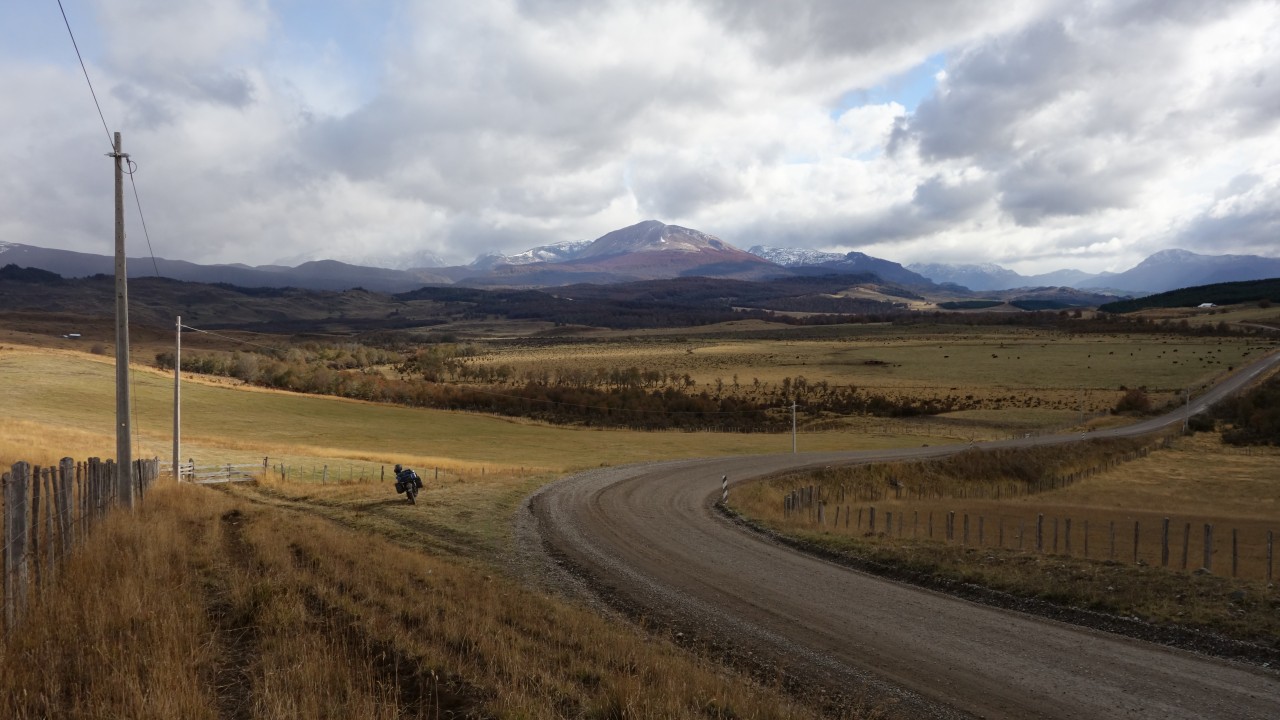
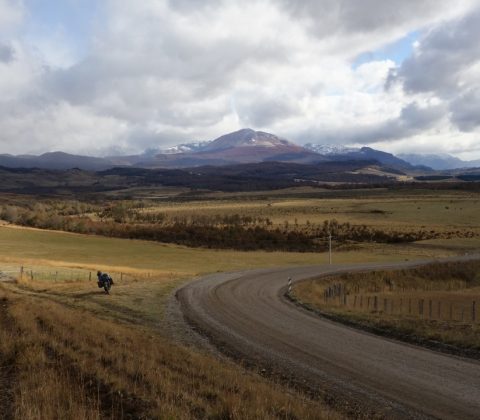
All the seasons
I love autumn. I mean, really love. It is one of my favorite seasons. At least among top 4 😉 When September comes, I can almost not wait to get my hiking boots (or motorcycle) and get over to Sweden. Taking a walk in the beautiful Söderåsen – or any of their other beech forests, for that matter – while the leave turns yellow, red, and brown. All the colors. It is simply amazing.
The last couple of days I have been driving back up north in chilean Patagonia. Winter is coming. It is getting cold and (unfortunately) wet. But it has its positive sides as well! We are in the middle of the Chilean autumn, and the trees are chaning colours. And the amazing thing is that, thanks to the mountains, you can have 3 seasons in one image. Summer green at the bottom, various degrees of autumn in the middle, and winter snow on top – or the bare black rock above the treeline. Simply amazing to drive through!
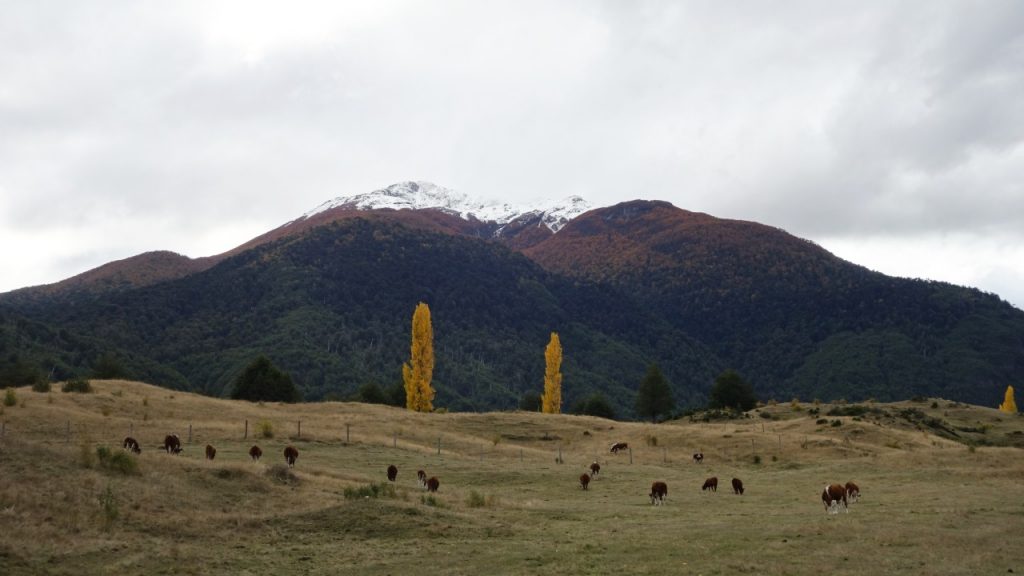
Love how you can “see 3 seasons” in this image. Summer at bottom, various degrees of autumn in the middle, and winter/treeline at the top 🙂
Anyway… my bike and I have become friends again. A new tyre and she1 drives really good 🙂 I decided to skip El Chaltén and Calafate – i.e. no glazier for me this time. The time I got in Perito Moreno opened my eyes to the situation I had gotten myself into. El Chaltén had become a goal for me. Not a goal because I wanted to go and see it (although the national park is beautiful) but because others had recommended it for me. And that was not the original plan!
From the beginning, I had two location goals on this trip: Patagonia and Inkas. And apart from that, the goal was to take it slow. So going to El Chaltén had become a stressful goal. Even-though there is a long time to August; if I want to take it slow, and still see Peru, then El Chaltén (and further south) had to go. And it felt good to let it go. To go back north – to warmer temperatures 🙂
So… now I am in Futalefeu. It is a really nice little town with beautiful scenery all around. I am lodged in a cozy hostel2 with a the wood stove in the common area. Absolutely great. And the hosts (Nancy and Nathanial) also seems really great 🙂 So the plan is to stay here a couple of days before I try my luck with Argentina again 😉
Take care – see you out there 🙂
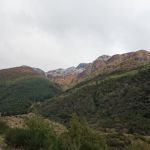
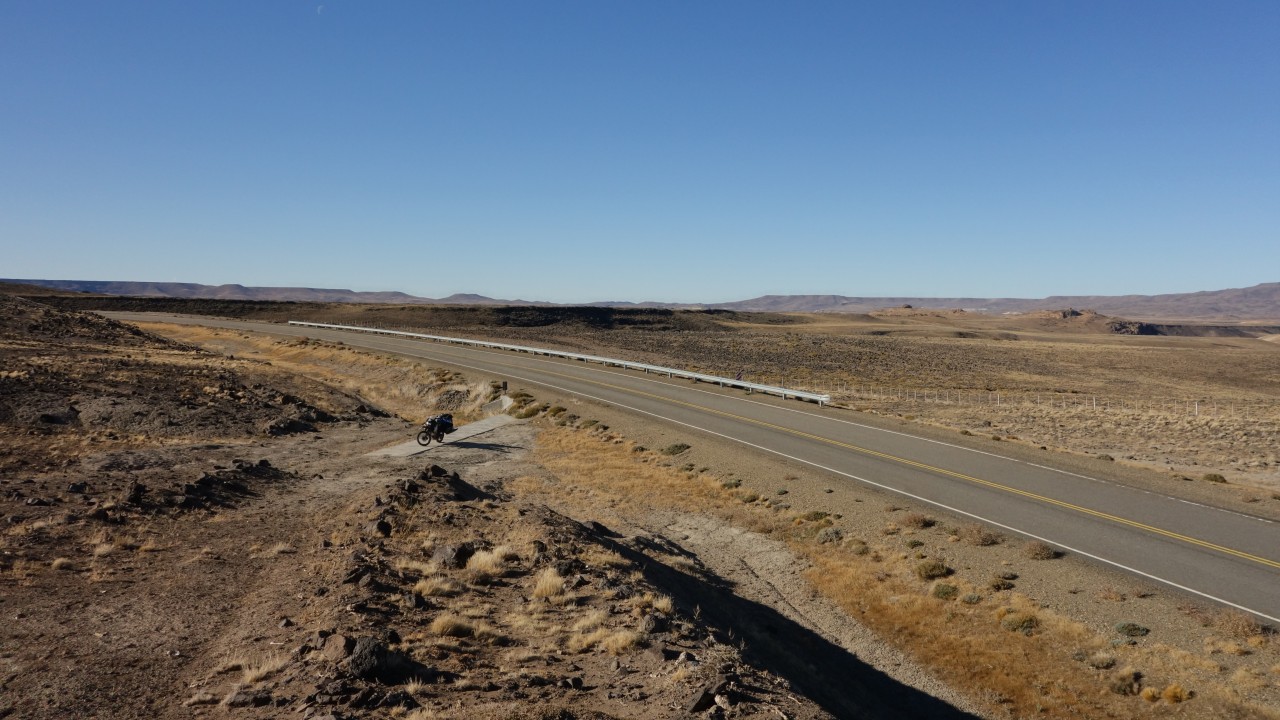
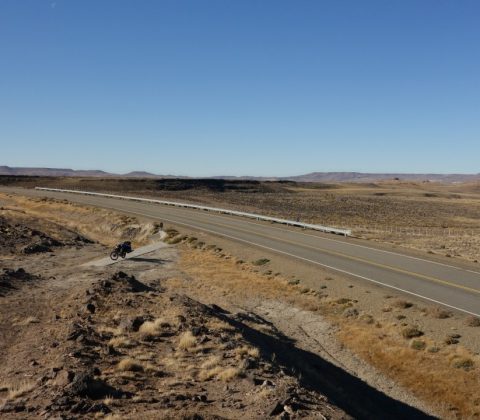
Was this really what I wanted?
So I wanted to experience an adventure, took a plane to South America, bought a motorcycle, and drove off. Part of it was to try to be on my own again, camping out all alone, and experience the freedom of being all by myself. And after some “hard work” it finally seemed like I would get my wish fulfilled. I was driving on a road all by myself in Argentina. Sun was shining. Pod-casts in my ears. Food in my bags. Everything looked good 🙂
Driving there, enjoying the feeling, it suddenly felt like the road had gone a bit slippery in the curves. The next curve confirmed the feeling and this time a bit stronger. A quick stop and inspection confirmed the suspicion: A flat rear tyre. Bugger!
Ok. No worries. Sun is shining. I got the tools. And although it would be my first time repairing a motorcycle tyre, it was no biggie, and I got to work with a good feeling.
Looong story short… it did not go so well. After help from 1 truck driver (which just stopped to help when I was working by myself) and a group of experienced motorcycle drivers, the end result was 4 new holes in my original tube, a realization that my spare tube was also defect, and the time neared sunset. It would be getting dark within an hour and solutions were getting sparse. As a last effort, the support car for the group offered to use a repair spray1 on my tyre. The advice was that it would not hold for long, so hurry hurry up, pack your gear and drive to the next village, Bajo Caracoles. Bajo Caracoles would have a gomería2, which would be able to help me with a permanent solution. But hurry, hurry, pack fast and drive. And with that, they packed up their things and were gone – and I was again alone.
So I too packed up my things quickly and drove as fast as I dared on a quick-fix tyre to Bajo Caracoles (20km). It went well. I camped in the city, and the next morning I drove to the gomería and (with the help of an Austrian couple) got him explained that I needed a better fix of my tyre. This went not all smoothly. He had some troubles with the tyre and I was not quite sure if he was swearing at me or at the tyre. So I kept my distance. But around 2 o clock, I was off again.
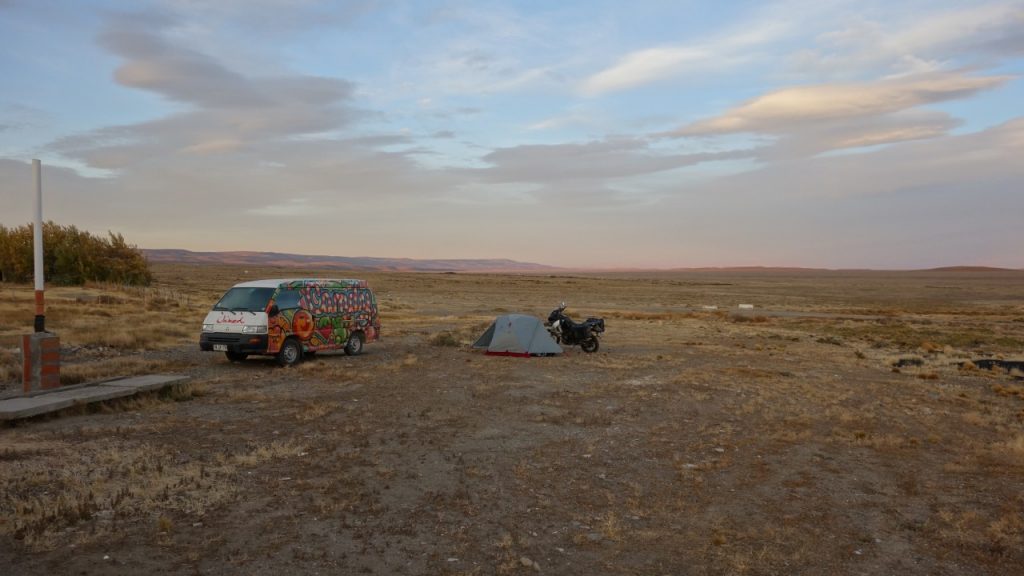
Camping in Bajo Caracoles – a small town with perhaps 25 inhabitants. An Austrian couple were travelling in the wicked camper.
Something was wrong, though. The tyre was vibrating a lot when driving. Probably because the gomería did not have the machine for balancing the wheel. No worries. Mick had told me that they only recently started to balance their wheels – no biggie. It only had to hold until Santa Cruz; the next bigger town where they might have a more competent workshop. Only 200km to go… Bum… and I was suddenly skating with 80-100km/h!
The tube had exploded and I had to control the bike to a halt. Luckily it happened while driving straight, and I managed to stay on the bike. But now I was sitting 20km away from a small town with nothing that could help me, and almost 200km to Santa Cruz, which might have a new tyre/tube. The wind had picked up, clouds were coming, and the first rain drops had hit my head. I was definitely not so self confident any longer. A few cars had passed my by. I had stopped one, but he definitely did not seem eager to help me and explained a lot to me in Spanish. I understood that he wanted me to go back to Bajo Caracoles and he was going to the country side. Goodbye.
So, while I was sitting there, taking shelter from the wind behind the motorcycle, one question appeared:
First sulking a bit at the situation, then laughing a bit – what else can you do? – I realized that the best thing would probably be to stop a truck and hope that he would have space for a motorcycle. And behold… within long a truck pulled up, all empty, and took me and my bike back to Perito Moreno, where hope would be that I could get my bike fixed. And even better… The truck driver had picked up Brian, a hitch-hiking traveler from US that also spoke Spanish, which then took the job as an interpretor between me and the truck driver 🙂
What followed was two days of Brian and me walking around in Perito Moreno, looking for solutions, fighting siestas and weird work mentality in Argentina. Finding a solution was apparently not easy. The bike quickly got installed in a gomería, but it also quickly became clear that they did not know how to handle motorcycles, when they a) started to dismantle the rear brake (not necessary for taking the wheel off), and b) suggested to use a truck tyre. Still not sure if the last thing was a joke or not. The only repair shop that worked with motorcycles did an intermittent repair of the spokes on my wheel (two were missing and 3 were broken), but then sold us two tubes that were to old, and thus broke as soon as they were inflated in the tyre. Only one gomería would/could mount a motorcycle tyre, but the guy who knew how to operate the machine were not at work when we came. When would he come? No one knew, and the rest was lost in translation.
Bottom line… after two days of walking around in Perito Moreno, I finally got a tyre with a tube with air! The tyre is my original tyre, which have taken some damage. When I drive, the tyre is uneven, and the motorcycle shakes up/down and left/right. Not good. But I have successfully managed to drive 75km back to Chile Chico (in Chile). Tomorrow I will take the ferry to Puerto Ingeniero Ibáñez, and then Monday drive the 125km to Coyhaique, where there is a motorbike shop I hope can help me. They definitely know more about motorcycles than any other shop in the area. I am not sure the tyre will hold – not sure at all – but I don’t quite see any other possibilities. And if it breaks down again, half way to Coyhaique… well… then there is another adventure waiting 😉
Until then… I just want to thank Brian for his great help, trotting around in Perito Moreno as an interpretor, and for his great great company. Thank you, Brian. It really made the whole situation a million times better!
